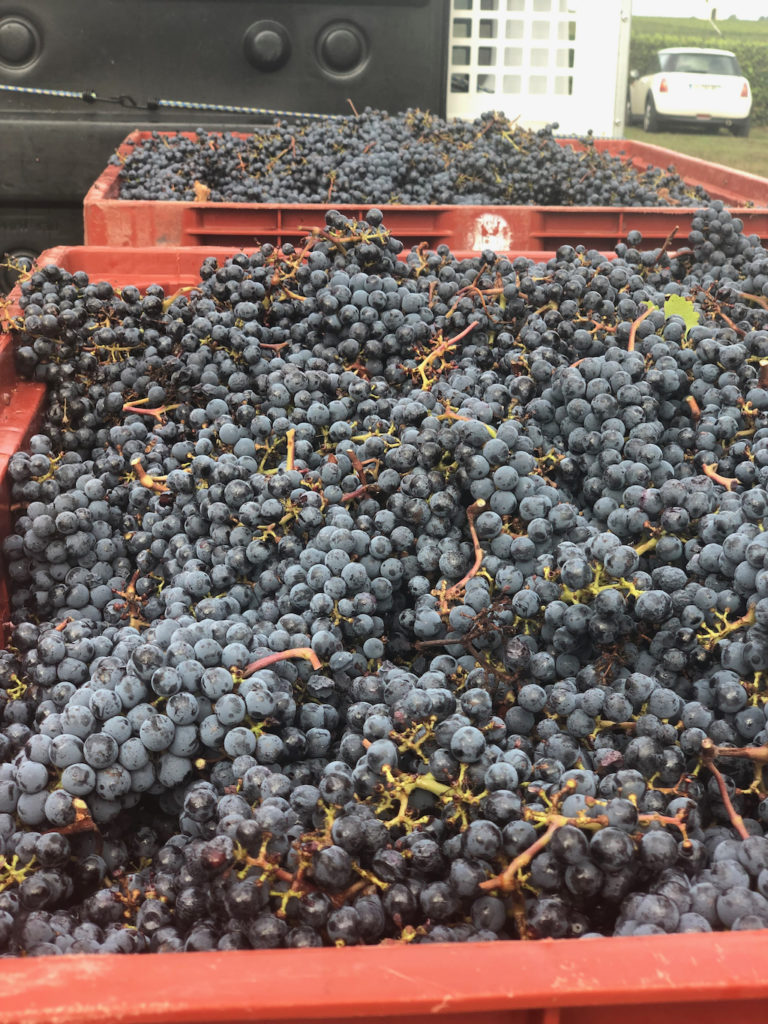
Bordeaux Harvest for the Discerning Collector
For the discerning wine collector, the Bordeaux harvest represents far more than a seasonal agricultural event—it's the epicenter of where legendary wines are born. The period from late August through October transforms this storied region into a symphony of controlled chaos, where centuries of tradition merge with cutting-edge technology, and where the year's potential is literally pressed into existence. Yet this dynamic and captivating season presents unique challenges for collectors seeking authentic access to the region's most prestigious estates.
The harvest period is paradoxically both the most exciting and most restrictive time to visit Bordeaux's elite châteaux. While the vineyards pulse with activity and the air carries the intoxicating aroma of fermenting grapes, many estates become fortress-like in their focus, prioritizing the crucial work of transforming grapes into wine over entertaining visitors. This creates a sophisticated challenge that separates casual wine tourists from serious collectors who understand the value of strategic access that Decanter Tours can obtain.

The Bordeaux Harvest Calendar: Timing Your Harvest Journey
Understanding Bordeaux's harvest timeline is essential for any collector planning a visit during this transformative season. The harvest typically begins in late August with the earliest ripening varietals and extends through October, but this schedule is entirely dependent on weather conditions, grape maturity, and individual château philosophies.
Late August to Early September marks the beginning of harvest for many white wine estates, particularly those producing dry whites in Graves and Pessac-Léognan. Sauternes producers may begin their selective harvesting during this period, carefully choosing only grapes affected by the beneficial noble rot (Botrytis cinerea). This early period offers collectors unique opportunities to witness the precision required for producing Bordeaux's most sought-after sweet wines.
Mid-September represents the heart of the red wine harvest, when prestigious Left Bank estates like those in Médoc, Haut-Médoc, and the individual appellations of Saint-Estèphe, Pauillac, Saint-Julien, and Margaux swing into full production. The gravelly soils of these regions, which provide excellent drainage and heat retention, typically allow for optimal Cabernet Sauvignon ripening during this period. Collectors visiting during this window can observe the meticulous sorting processes that separate grand cru classé wines from their more modest siblings.
Late September to Early October sees Right Bank appellations like Saint-Émilion and Pomerol reaching peak harvest activity. The clay-limestone soils of these regions, which retain moisture and provide steady nutrition to the vines, often result in later ripening, particularly for the Merlot that dominates these areas. For collectors, this period offers access to some of Bordeaux's most exclusive and expensive wines, including legendary estates where production is measured in thousands rather than tens of thousands of cases.
The challenge for collectors lies not just in timing their visit correctly, but in understanding that this period of maximum viticultural activity corresponds directly with minimum public access. Château owners, winemakers, and staff are entirely focused on the harvest, leaving little time or energy for entertaining visitors. This is where the expertise of a well-connected private guide becomes invaluable.
September in Bordeaux presents a unique paradox for wine collectors. While this month offers the most authentic and immersive harvest experience possible, it also represents the most challenging time to gain access to premier estates. The intensity of harvest operations creates a protective barrier around châteaux, with many implementing temporary restrictions on visitors to ensure their teams can focus entirely on winemaking.
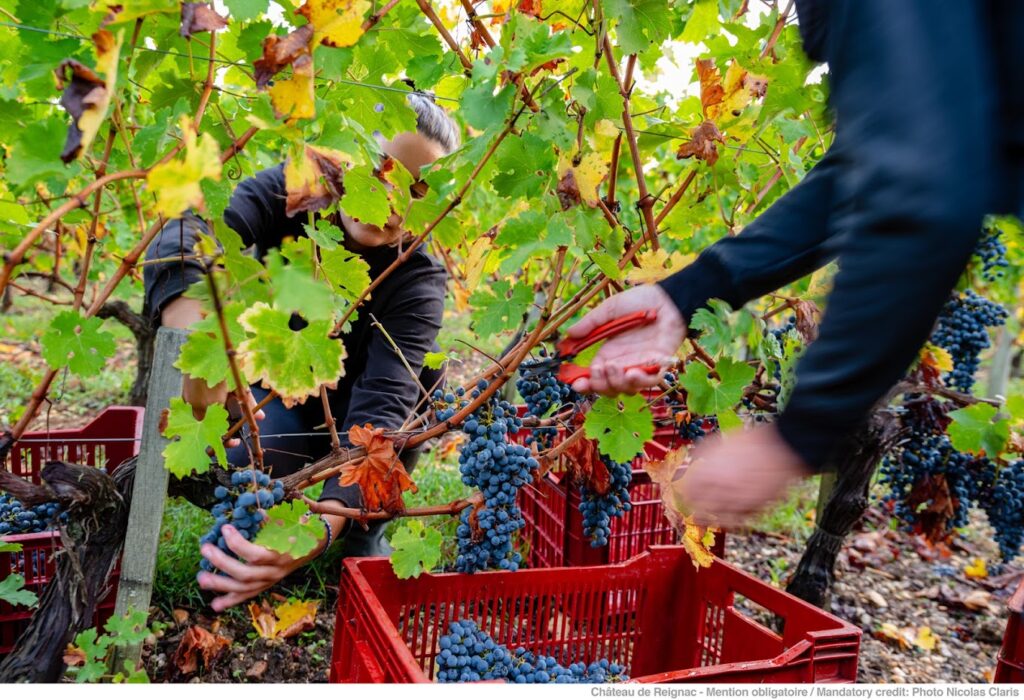
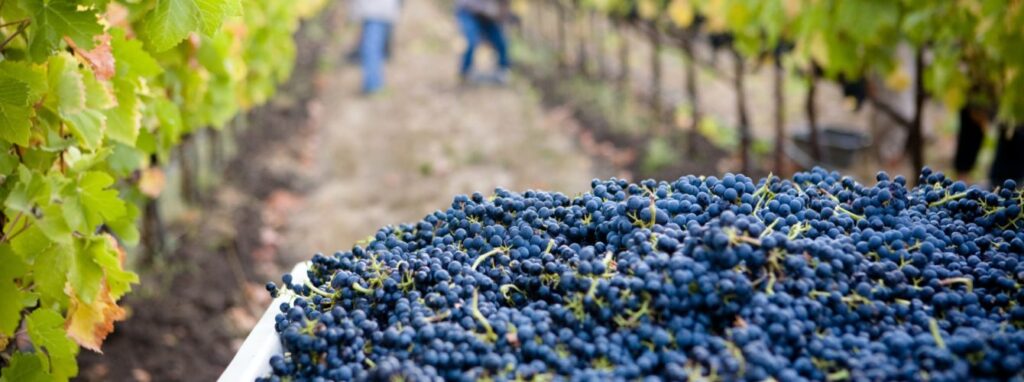
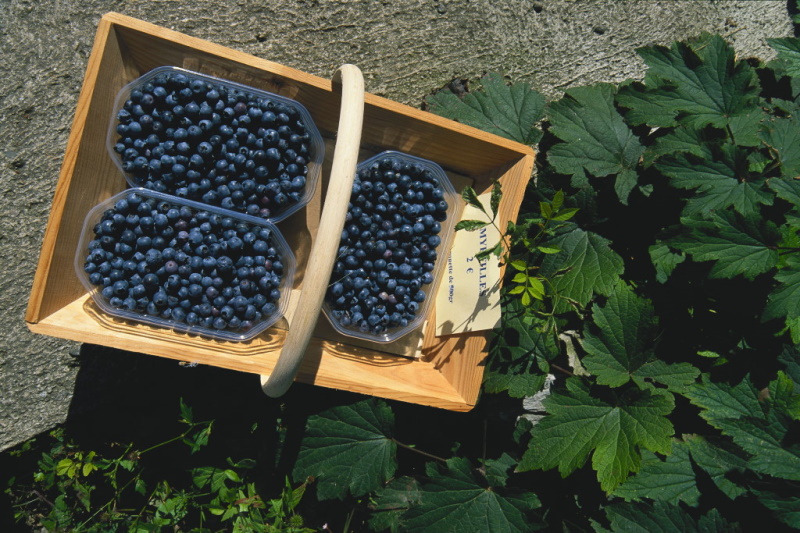
During harvest, châteaux operate on schedules dictated by grape maturity rather than visitor convenience. Picking often begins at dawn to take advantage of cooler temperatures, with sorting and processing continuing throughout the day. The rhythm is dictated by weather windows, with sudden changes potentially requiring 24-hour operations to bring grapes in before rain arrives. In this environment, even scheduled appointments may be cancelled or dramatically shortened if harvest conditions demand immediate attention. Believe us this has happened even at the most distinguished institutions!
The most prestigious estates, those producing wines that collectors actively seek, are particularly restrictive during this period. First Growth châteaux may completely cease public tours, if they host them at all, while Seconds and other classified growths typically limit access to their most important partners and long-standing relationships. This restriction isn't born of exclusivity for its own sake, but rather from the practical reality that harvest represents the most crucial period of the entire winemaking year and can be a tricky time in the cellars for visitors.
For collectors accustomed to arranging their own vineyard visits, this presents a significant challenge. Cold calls to château offices often result in polite but firm refusals, and even established relationships may not guarantee access during peak harvest periods. The timing that makes harvest visits most rewarding—when fermentation vats are actively bubbling and sorting tables are running at full capacity—is precisely when châteaux are least available to accommodate visitors.
This is where the expertise and relationships of a local wine tour company like Decanter Tours become not just valuable, but essential. Our experienced guides who have spent years building relationships with château owners, winemakers, and estate managers possess the key to unlocking access that would be impossible for individual collectors to arrange independently.
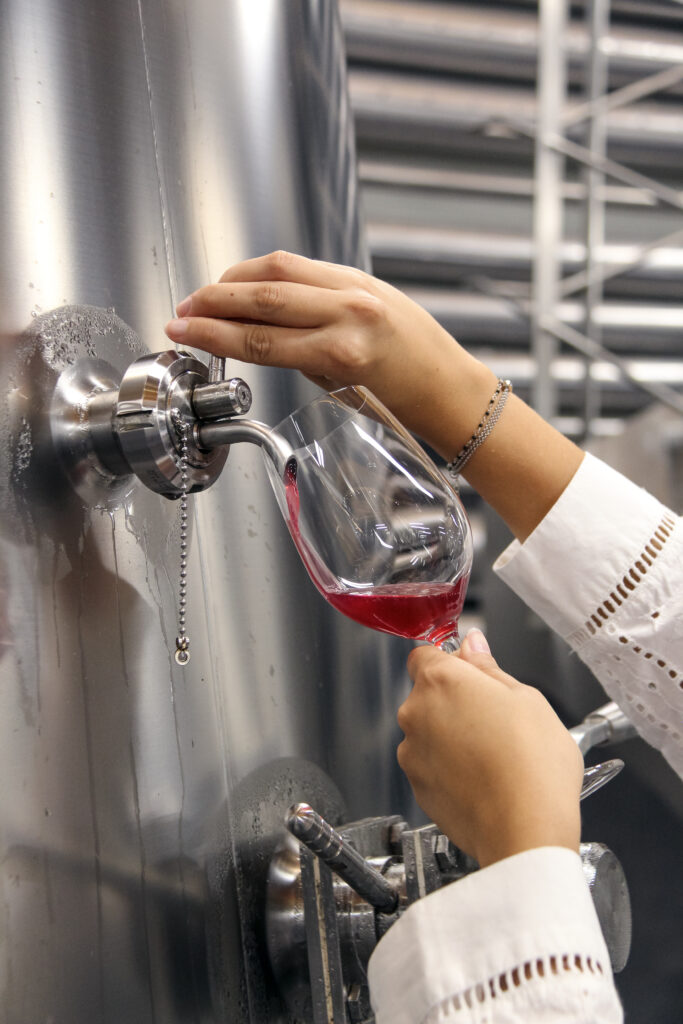
The value of these relationships extends far beyond simple appointment scheduling. Our established wine guides understand the specific rhythms and preferences of individual estates. They know which châteaux are more accommodating during early morning hours before harvest operations begin, which estates might offer brief afternoon visits during sorting breaks, and which winemakers genuinely enjoy sharing their expertise with knowledgeable collectors even during their busiest season.
More importantly, our professional guides book harvest visits months in advance, often during the previous winter or early spring when château calendars are more flexible and staff has time to consider special requests. This advance planning allows for the strategic scheduling that harvest visits require, with built-in flexibility to accommodate weather-driven changes to harvest timing.
Furthermore, Decanter Tours has access to experiences that go far beyond standard wine tours in Bordeaux. We can arrange private tastings directly from fermenting tanks, allowing collectors to taste wines at their most vulnerable and transformative stage. We can secure access to sorting areas where collectors can observe the meticulous selection process that separates great wines from merely good ones. Most valuably, we can arrange conversations with winemakers who are typically too busy during harvest to engage with casual visitors.
Harvest visits provide collectors with intelligence about vintage quality that extends far beyond published reports and critics' scores. Witnessing the harvest firsthand allows for real-time assessment of vintage conditions and estate-specific decisions that will ultimately impact wine quality and investment potential.
Weather conditions during harvest have enormous impact on final wine quality, and collectors present during harvest can observe how different estates respond to challenging conditions. Each region, appellation and area have very different weather conditions. Some châteaux in Bordeaux invest heavily in weather prediction equipment and can maintain harvest schedules despite marginal conditions, while others may be forced to make compromises that impact wine quality due to lack of information about the weather. Observing these differences provides collectors with insight into which estates are likely to produce exceptional wines even in difficult vintages.
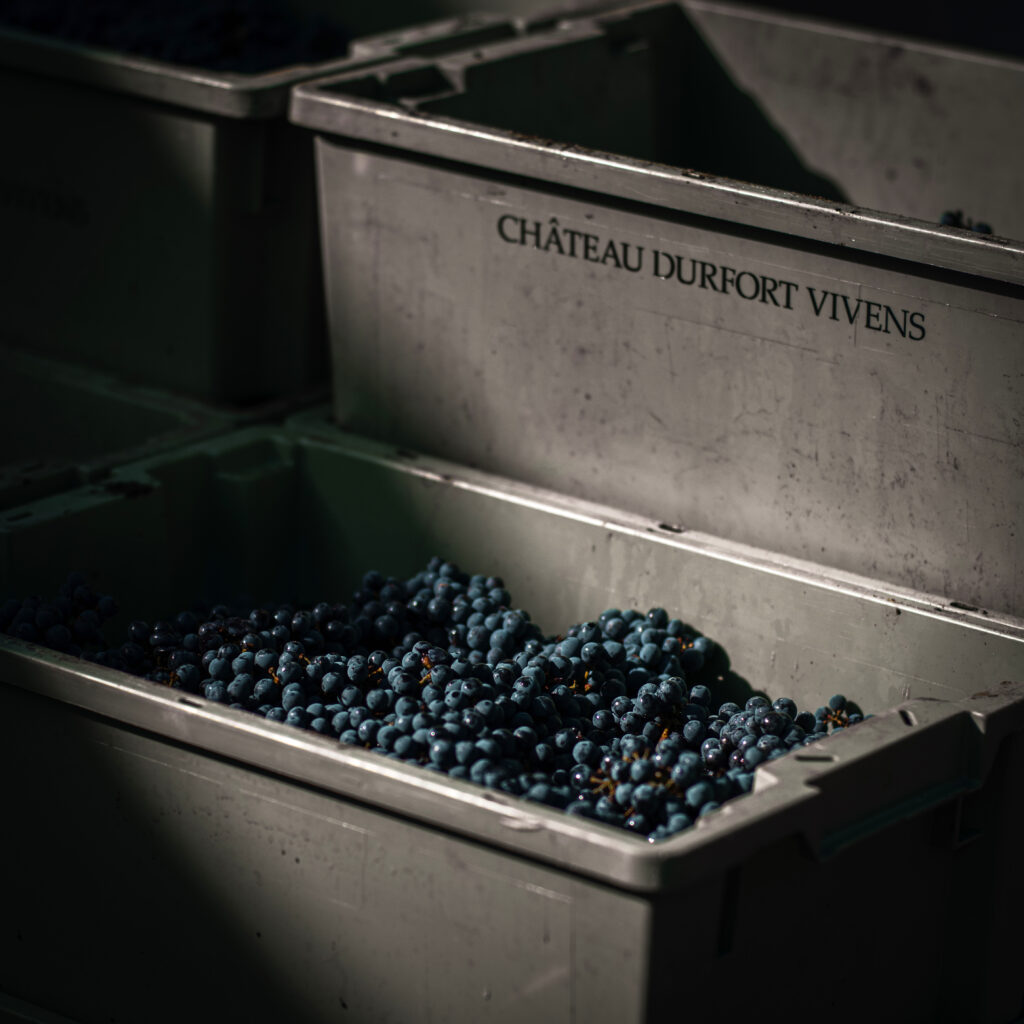
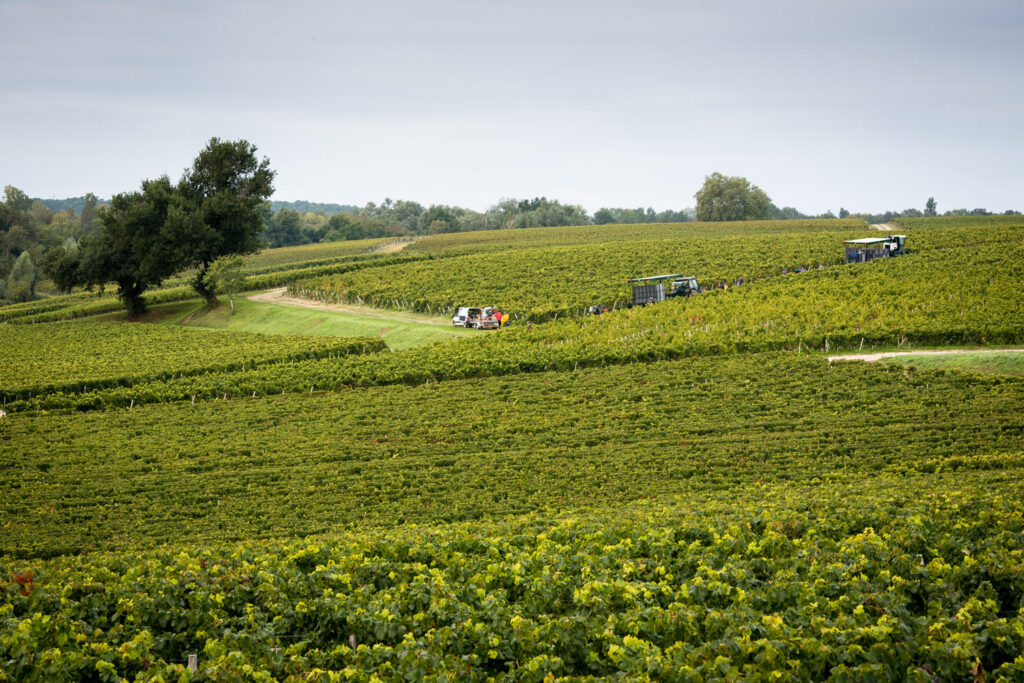
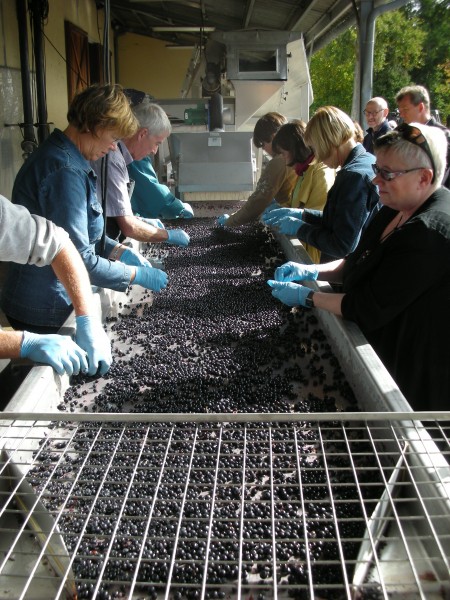
The health and quality of incoming grapes varies not just between vintages, but between individual estates within the same vintage and also within indivudual plots in the same vineyard. Collectors visiting multiple properties during harvest can compare grape quality, sorting stringency, and processing techniques across different estates. This comparative analysis provides invaluable intelligence for making informed purchasing decisions, particularly for en primeur buying where wines must be evaluated and purchased before they're fully mature.
Harvest visits also reveal estate-specific investments in quality that are often not be apparent from tasting finished wines. Some châteaux employ additional sorting personnel during challenging vintages, while others rely more heavily on mechanical sorting and selection. Most estates in Bordeaux invest in precise temperature control during fermentation, while others depend on traditional techniques that may be more variable but potentially more expressive. For collectors building long-term cellars, understanding these philosophical differences helps predict how wines will develop over decades of aging.
For serious collectors, harvest visits provide crucial intelligence for en primeur purchasing decisions. The en primeur system, where Bordeaux wines are sold as futures while still aging in barrels, requires collectors to make purchasing decisions based on limited tastings of unfinished wines. Collectors who visit during harvest gain substantial advantages in this process.
Understanding harvest conditions and estate-specific responses provides context for evaluating barrel samples when they're released for en primeur tastings the following spring. Collectors who witnessed challenging harvest conditions can better appreciate estates that maintained high standards despite difficulties, while those who observed optimal conditions can identify estates that may have underperformed despite favorable circumstances.
Harvest visits also provide opportunities to establish relationships with estate personnel that prove valuable during en primeur allocations. Collectors who demonstrate genuine interest in the winemaking process and respect for harvest operations often find themselves favorably positioned when highly sought-after wines are allocated among competing buyers.
The timing of harvest visits can also provide intelligence about vintage potential. Years with late harvests due to delayed ripening may produce wines with different characteristics than those with early, rapid harvests. Collectors who observe these timing differences firsthand can better predict how wines will develop and age, informing both purchasing and cellaring decisions.
Successfully experiencing Bordeaux harvest requires sophisticated logistical planning that goes far beyond standard travel arrangements. Accommodation in Bordeaux becomes scarce during harvest season, with wine professionals, journalists, and knowledgeable collectors all competing for hotel availability. The most desirable properties, particularly those offering wine-focused amenities, often book months in advance.
Transportation during harvest requires special consideration, as increased traffic from harvest workers and transport vehicles can significantly impact travel times between estates. Decanter Tours' guides understand these patterns and build appropriate buffer time into schedules, ensuring that delays don't compound throughout the day.
Restaurant reservations also become more challenging during harvest season, as the influx of wine professionals and collectors creates increased demand for the region's limited fine dining establishments. Collectors planning harvest visits should make restaurant reservations well in advance and be prepared for modified menus as establishments focus on accommodating increased demand.
For serious wine enthusiasts wanting a quality experience, the cost of professional guidance during harvest season represents an investment rather than an expense. The access, insights, and relationships that experienced guides provide simply cannot be replicated through individual effort, particularly during the restrictive harvest period.
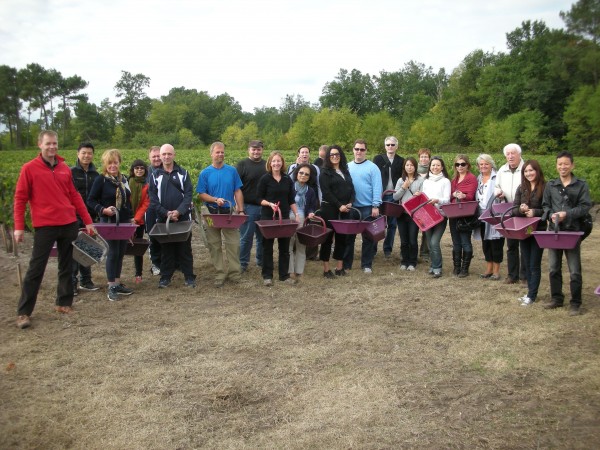
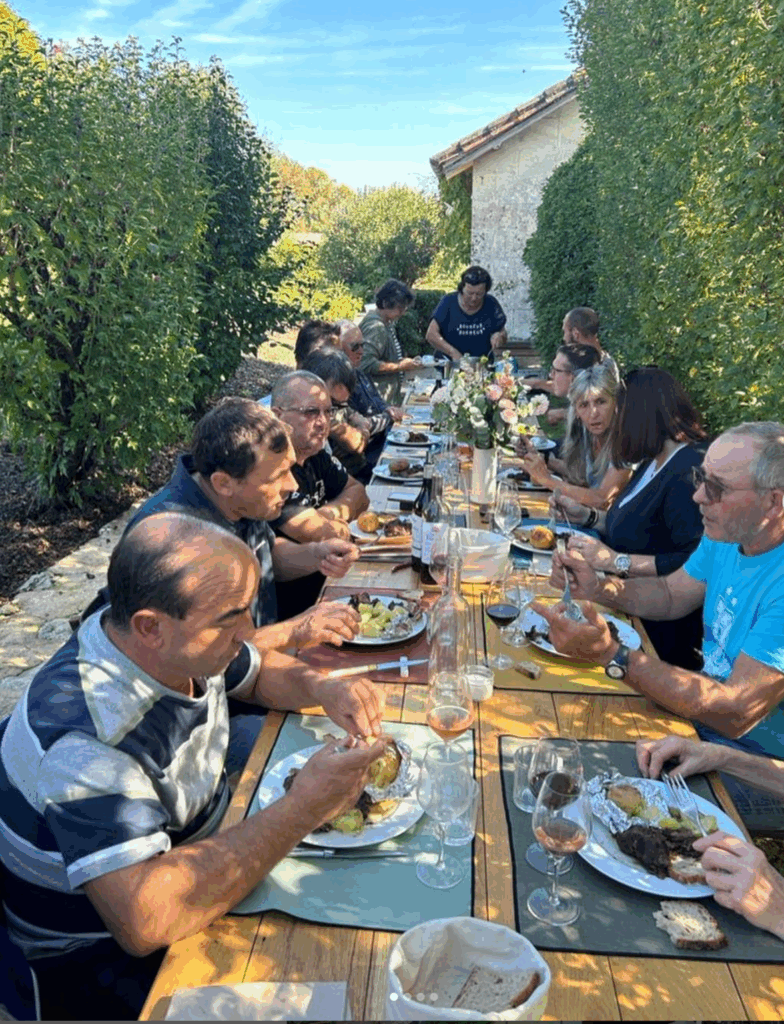
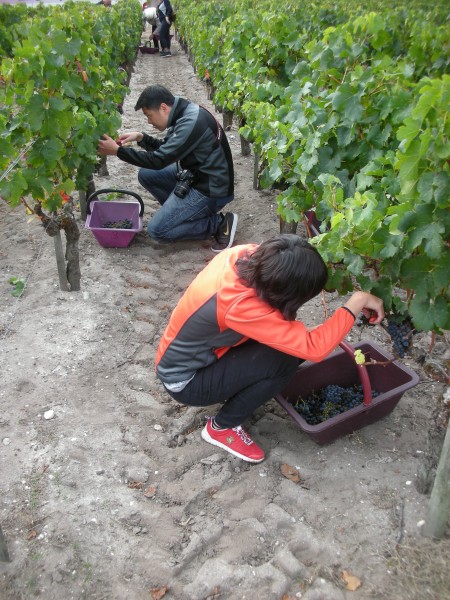
Decanter Tours bring decades of relationship building that individual collectors cannot match. We understand the personalities, preferences, and schedules of key personnel at premier estates. We know which winemakers enjoy technical discussions about vineyard management and which prefer to focus on philosophical aspects of winemaking. We can also read the subtle cues that indicate when a visit should be extended because genuine enthusiasm is present versus when professional courtesy requires a prompt departure.
The educational value that Decanter Tours' guides provide during harvest visits extends far beyond simple appointment arrangement. Our experienced guides can provide real-time context for what collectors are observing, explaining how current harvest conditions compare to historical norms and how estate-specific decisions reflect broader winemaking philosophies.
Most importantly, our guides ensure that collector visits enhance rather than impede harvest operations. We understand the delicate balance between satisfying your curiosity and respecting the urgent demands of harvest season. This sensitivity protects the relationships that make future visits possible while ensuring that current experiences are as rich and informative as possible.
The Bordeaux harvest represents the ultimate challenge for discerning wine enthusiasts: accessing the region's most prestigious estates during their most restrictive and exciting period. Success requires sophisticated planning, established relationships, and expert guidance that transforms potential obstacles into unprecedented opportunities.
For those willing to invest in professional expertise during harvest season, Decanter Tours offers experiences that fundamentally enhance your relationship with Bordeaux wines. The sensory immersion, vintage intelligence, and exclusive access available during harvest provide insights that inform collecting decisions for decades.
The harvest season demands respect, preparation, and expertise, but rewards those qualities with access to experiences that casual visitors simply cannot achieve. For the discerning collector, there is no substitute for witnessing the birth of legendary wines in the exact moment of their creation. Email Decanter Tours for your Bordeaux Harvest Tour.
Q: How far in advance should I book a harvest tour with Decanter Tours? A: We recommend booking harvest tours at least 6-8 months in advance, ideally during the previous winter or early spring. Many prestigious châteaux completely limit access during harvest, and we secure these exclusive appointments when estates are planning their harvest calendars.
Q: What happens if weather conditions disrupt the harvest schedule during my visit? A: We are in an. industry where weather rules everything. Our experienced guides build flexibility into our harvest itineraries specifically to accommodate weather-driven changes. We monitor weather forecasts closely and do our utmost before your arrival to maximize your harvest experience.
Q: Can Decanter Tours arrange for me to participate hands-on in the harvest process? A: Yes, we can arrange hands-on experiences including grape sorting, barrel tastings, and in some cases, participation in harvest activities. However, these opportunities depend on estate policies and harvest conditions and they change every year. We work directly with château management to arrange appropriate participation levels that enhance your experience without interfering with critical harvest operations.
Q: How does Decanter Tours ensure access to premier estates during their busiest season? A: We have spent years building personal relationships with château owners, winemakers, and estate managers. We secure harvest appointments months in advance and maintain ongoing communication about harvest timing. Many estates that refuse individual requests will accommodate our established relationships, particularly when we demonstrate respect for their harvest priorities.
Q: What exclusive experiences can Decanter Tours provide during harvest that I couldn't access independently? A: Our relationships enable access to working fermentation rooms, direct tank tastings, private conversations with winemakers during harvest, and behind-the-scenes access to sorting and processing areas. We can also arrange comparative tastings of different lots and vineyard blocks during fermentation, providing vintage assessment opportunities unavailable to casual visitors.
Q: How do harvest tours differ from regular château visits in terms of duration and intensity? A: Harvest tours are typically more intensive and shorter at individual estates, as we respect the time constraints of active harvest operations. However, the experience is far more immersive, including sensory elements unavailable during quieter periods. Our guides structure days to maximize exposure while remaining sensitive to harvest demands.
Q: Can Decanter Tours help me assess vintage potential for en primeur purchases? A: Absolutely. Our harvest tours provide crucial intelligence for future en primeur decisions. Our guides all have some sort of qualification in wine (WSET, MW, MS, DUAD etc) and will help you understand harvest conditions, estate-specific responses to challenges, and comparative quality across different properties. This intelligence proves invaluable when barrel samples are released for en primeur evaluation the following spring.
Q: What should I expect in terms of tasting opportunities during harvest visits? A: Harvest tastings often include fresh grape sampling, must tastings during crushing, and fermentation tank tastings that show wines in their most transformative state. These tastings provide insight into vintage potential and winemaking decisions that standard tours cannot offer. Our guides ensure you understand what you're tasting and how it relates to finished wine quality.
Q: How does Decanter Tours handle the increased logistical challenges of harvest season? A: We provide comprehensive logistical support including advance accommodation bookings, transportation coordination that accounts for harvest traffic patterns, and restaurant reservations at establishments that may have limited availability. Our local expertise ensures smooth travel despite the increased complexity of harvest season logistics.
Q: It's September. Is it too late to reserve my place for a comprehensive harvest experience with Decanter Tours? A: Harvest tours represent a premium experience due to their exclusivity and the intensive preparation required. We need sufficient time to organize these premium visits. It is advisable to book at least 6 months in advance but we will always try to accommodate even last minute requests. We provide detailed proposals based on your specific interests and requirements, ensuring maximum value for your investment in this once-in-a-lifetime experience.
Welcome to the enchanting world of Bordeaux, France, where vineyards stretch as far as the eye can see, and each bottle tells a captivating story. If you’ve ever dreamed of sipping the finest wines while surrounded by picturesque landscapes and rich history, you’re in the right place! In this ultimate guide to Bordeaux, we’ll take you on a journey through the best wine tours Bordeaux has to offer, highlighting unforgettable vineyard visits and tastings that ignite your senses. From rustic châteaux to innovative wineries, Bordeaux is not just a region, its not just a wine; it’s an experience waiting to happen. Whether you're a seasoned connoisseur or a curious beginner, we'll help you discover the hidden gems and must-visit spots that will make your trip extraordinary. With Decanter Tours' expertise and 20 years of experience in crafting custom private Bordeaux wine tours, you are sure to discover the Best Bordeaux has to offer. So get ready and let’s dive into the rich world of Bordeaux’s wine culture, where every sip is a step into a legacy of tradition art and refinement.
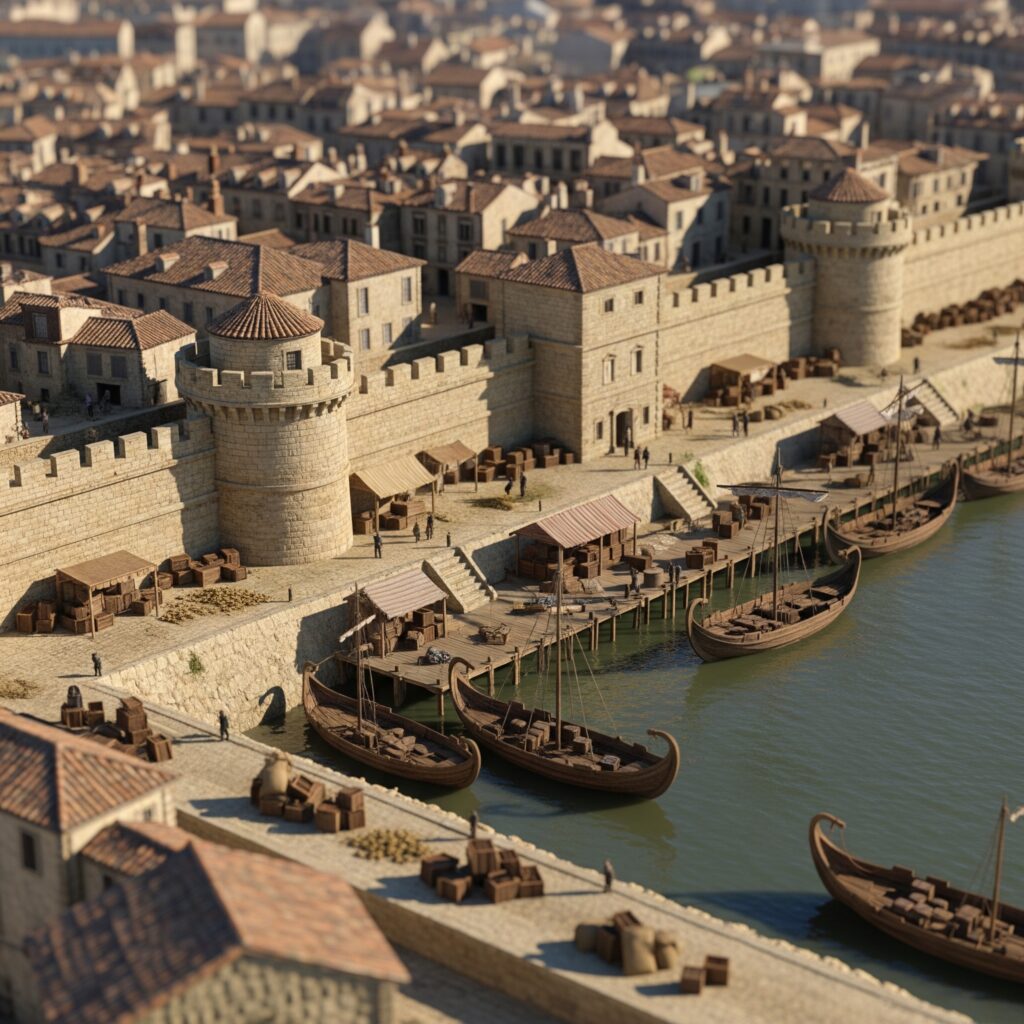
Bordeaux's wine history dates back to the Roman era, around the 1st century AD, when the Romans planted the first vines in the region. The fertile soil and favorable climate made Bordeaux an ideal location for viticulture. Over the centuries, the region's winemaking techniques evolved, influenced by the various cultures and civilizations that passed through. The Middle Ages saw the growth of Bordeaux as an important trading port, with wine becoming one of its primary exports. Traders from England, the Netherlands, and other parts of Europe helped to spread the reputation of Bordeaux wines far and wide.
The 17th and 18th centuries marked a significant period of growth and refinement for Bordeaux wines. The introduction of new grape varieties and the development of sophisticated winemaking techniques led to the creation of the region's renowned wine estates, or châteaux. During this time, Bordeaux established itself as a leader in the global wine market, with its wines becoming highly sought after by royalty, nobility, and wealthy merchants. The classification of Bordeaux wines in 1855, commissioned by Emperor Napoleon III, further solidified the region's status, with the top estates being designated as "Grand Cru Classé."
Today, Bordeaux continues to be a symbol of excellence in the wine world. The region is home to over 7,000 wine producers and more than 120,000 hectares of vineyards. Its wines are celebrated for their complexity, elegance, and ability to age gracefully. Bordeaux's winemaking tradition is deeply rooted in its history, and each bottle tells a story of the land, the people, and the passion that goes into creating these exceptional wines. Whether you are exploring the historic châteaux or discovering new, innovative wineries, the legacy of Bordeaux's wine history is ever-present.
Bordeaux is renowned for its diverse range of wines, which are predominantly blends of different grape varieties. The region is divided into two main areas: the Left Bank and the Right Bank, each with its unique terroir and wine styles. On the Left Bank, the Médoc and Graves appellations are famous for their red wines, which are primarily made from Cabernet Sauvignon, Merlot, and Cabernet Franc. These wines are known for their deep color, robust tannins, and complex flavors, often featuring notes of blackcurrant, cedar, and tobacco.
The Right Bank, which includes the prestigious appellations of Saint-Émilion and Pomerol, is known for its Merlot-dominant blends as well as Cabernet Franc and a little bit of Malbec. These wines tend to be softer, rounder, and more approachable in their youth compared to their Left Bank counterparts. The clay and limestone soils of the Right Bank contribute to the rich, velvety texture and luscious fruit flavors, with hints of plum, chocolate, and spice. Both the Left Bank and Right Bank have their own unique characteristics, but together they represent the epitome of Bordeaux's red wine excellence.
Bordeaux is not just about red wine; the region also produces exceptional white wines. The dry white wines of Bordeaux, primarily from the Pessac-Léognan and Graves appellations, are made from Sauvignon Blanc, Sémillon, and Muscadelle. These wines are known for their crisp acidity, vibrant fruit flavors, and mineral complexity. Bordeaux's sweet white wines, particularly those from Sauternes and Barsac, are world-famous for their luscious sweetness and botrytis (noble rot) character. Made from Sémillon, Sauvignon Blanc, and Muscadelle, these golden-hued wines offer rich flavors of honey, apricot, and marmalade, with a remarkable balance of sweetness and acidity.
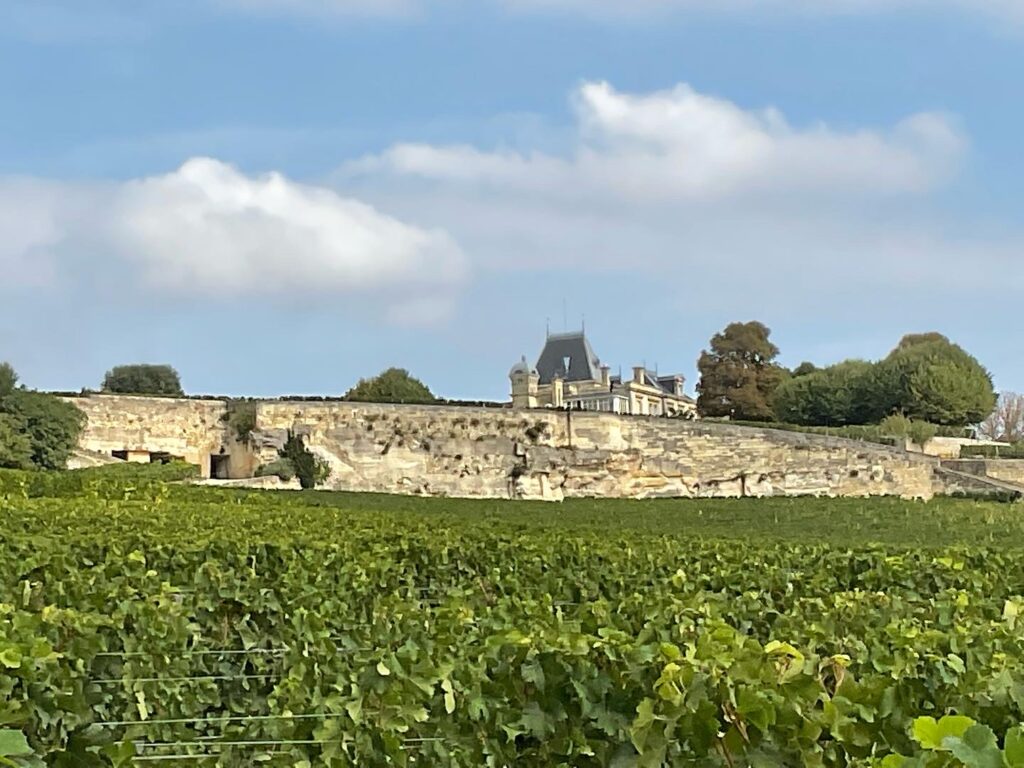

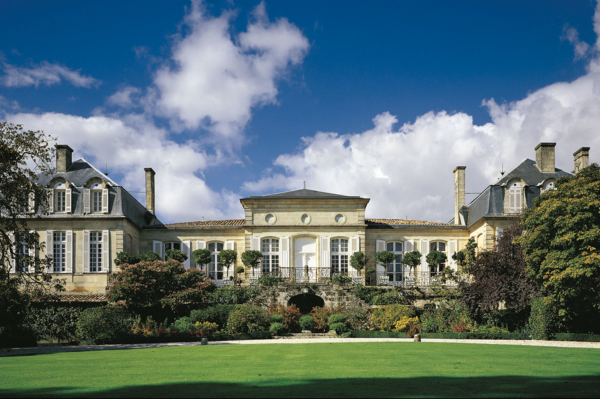
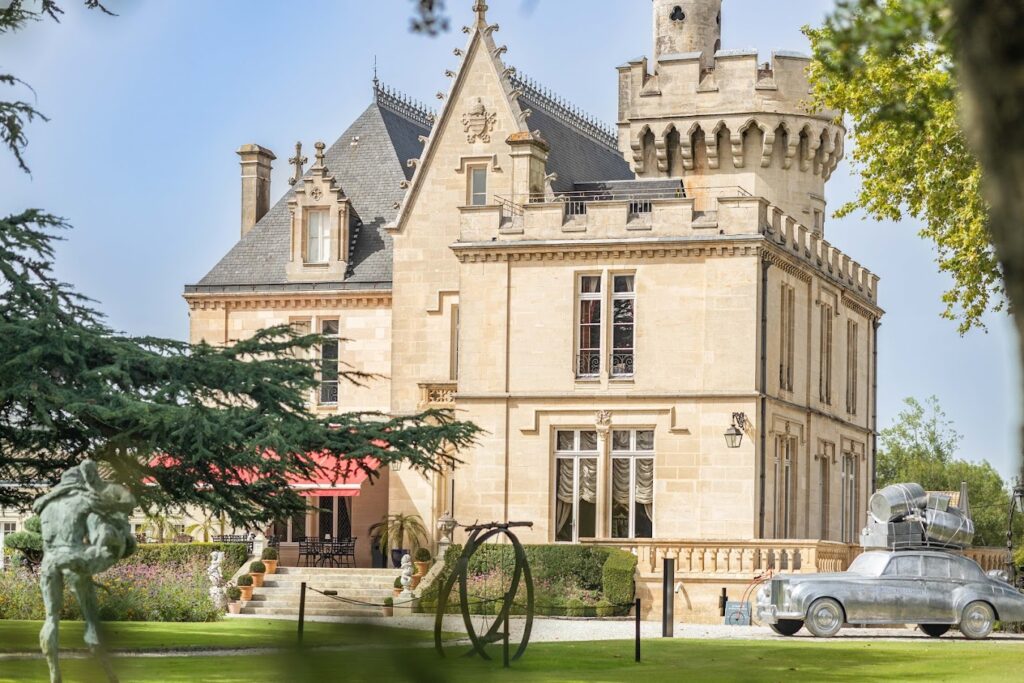
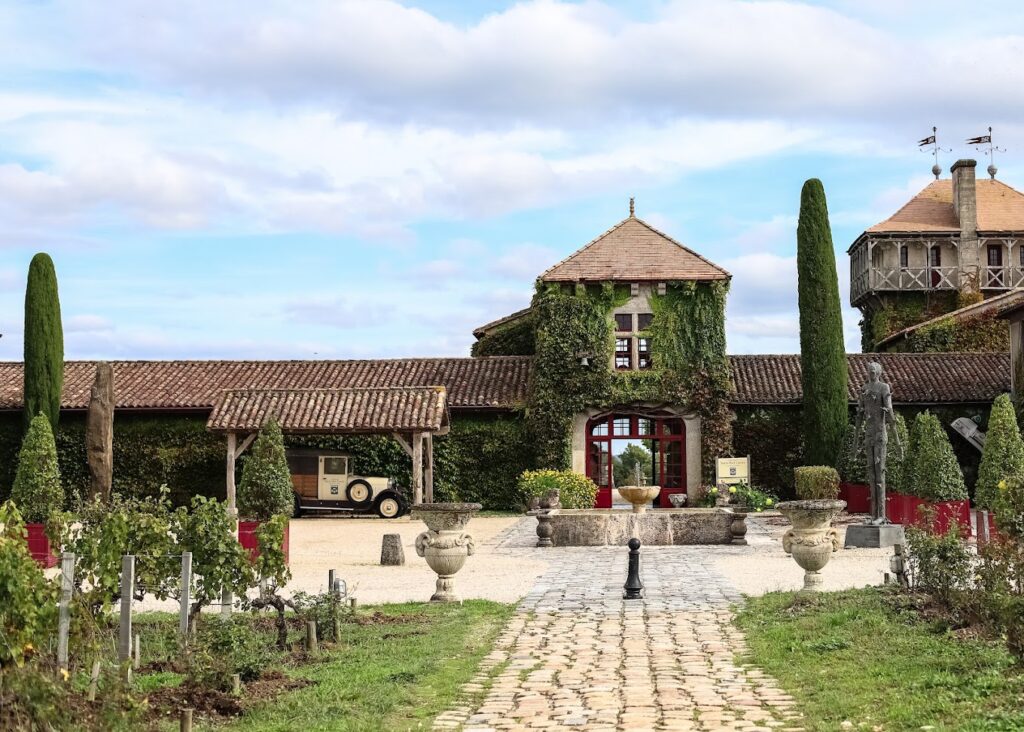
Bordeaux is home to some of the most prestigious vineyards in the world, each offering a unique and unforgettable experience. During a Decanter Tours wine tour you may visit several different chateaux. One of the must-visit estates is Château Margaux, located in the Médoc region on the Left Bank. Known for its elegant and powerful wines, Château Margaux is a symbol of Bordeaux's winemaking excellence. The estate's stunning architecture, beautiful gardens, and historic cellars provide a captivating backdrop for wine tastings and tours. The cellars were recently renovated by Norman Foster. Visitors can explore the vineyards, learn about the winemaking process, and sample the estate's renowned Grand Vin, Pavillon Rouge, and Pavillon Blanc wines.
Another iconic vineyard is Château Latour, also in the Médoc region. Château Latour is revered for its exceptional Cabernet Sauvignon-dominant wines, which are known for their depth, structure, and longevity. The estate's impressive tower, La Tour de Saint-Lambert, is a prominent feature of the landscape and a symbol of the vineyard's rich history. A visit to Château Latour offers a deep dive into the art of winemaking, with guided tours of the vineyards, cellars, and tasting rooms, where visitors can savor some of the finest wines Bordeaux has to offer.
On the Right Bank, Château Cheval Blanc in Saint-Émilion is a must-visit destination. This prestigious estate is renowned for its Merlot and Cabernet Franc blends, which are celebrated for their elegance, complexity, and aging potential. The modern winery, designed by architect Christian de Portzamparc, is a striking contrast to the historic vineyards and offers state-of-the-art facilities for wine production. A visit to Château Cheval Blanc includes a tour of the vineyards, a glimpse into the winemaking process, and a tasting of the estate's exceptional wines, providing a comprehensive and memorable experience for wine enthusiasts.
Château Marquis d'Alesme stands as a hidden gem in the Margaux appellation, offering an intimate and personalized experience that Decanter Tours has carefully cultivated over several years of partnership. This Third Growth estate, with its charming 18th-century château surrounded by meticulously maintained gardens, provides visitors with an unique glimpse into traditional Bordeaux winemaking. What makes this vineyard particularly special with Decanter Tours is the exclusive access to private cellars and the opportunity to taste rare vintages not available to the general public. The estate's commitment to sustainable viticulture and their innovative approach to blending Cabernet Sauvignon, Merlot, and Petit Verdot creates wines of exceptional finesse and complexity that perfectly represent the elegance of Margaux.
Château Palmer, one of the most prestigious estates in the Margaux appellation, offers Decanter Tours guests an unparalleled experience combining art, architecture, and exceptional winemaking. The estate's striking contemporary tasting room, designed by renowned architects, creates a dramatic contrast to the historic vineyards, while their commitment to biodynamic practices demonstrates a forward-thinking approach to viticulture. Through Decanter Tours' exclusive relationships, visitors enjoy private access to the estate's legendary cellars, where they can taste the renowned Palmer blend alongside rare vintages dating back decades. The château's unique approach to incorporating Cabernet Sauvignon, Merlot, and Petit Verdot, combined with their philosophical approach to winemaking that views each vintage as a work of art, creates an unforgettable tasting experience that showcases why Palmer is considered one of Bordeaux's most innovative producers.
Château Beauregard in Pomerol represents the epitome of Right Bank elegance, and Decanter Tours provides exclusive access to this family-owned estate that has been producing exceptional wines for over two centuries. Set amidst Pomerol's famous clay and gravel soils, the château's 17th-century manor house and manicured gardens create an intimate setting for wine lovers seeking to understand the nuances of Merlot-dominant blends. The estate's commitment to traditional winemaking methods, combined with their limited production of around 5,000 cases annually, ensures that each bottle represents the pinnacle of Pomerol craftsmanship.
Château Cos d'Estournel, with its distinctive Oriental-inspired architecture overlooking the Gironde estuary, offers Decanter Tours guests one of Bordeaux's most dramatic and memorable experiences. This Second Growth estate's pagoda-style château, complete with carved wooden doors from the Sultan of Zanzibar's palace, creates an exotic backdrop for tasting some of Saint-Estèphe's most powerful and age-worthy wines. Decanter Tours' long-standing relationship with the estate provides access to exclusive experiences, including private tastings in the estate's historic cellars of these legendary Cabernet Sauvignon-dominant blends. The château's unique microclimate, influenced by its proximity to the estuary, combined with their innovative approach to blending traditional and modern winemaking techniques, creates wines of exceptional depth and complexity that showcase the true potential of Saint-Estèphe terroir.
Château Smith Haut Lafitte in Pessac-Léognan represents the perfect marriage of tradition and innovation, offering Decanter Tours guests an immersive experience in both exceptional red and white wine production. This historic estate, owned by the Cathiard family since 1990, has become a model for sustainable viticulture and luxury wine tourism. With Decanter Tours, visitors can explore the estate's remarkable barrel cooperage, where they craft their own barrels on-site, and experience the unique underground cellars carved into limestone. The château's commitment to producing both world-class reds from Cabernet Sauvignon and Merlot, and exceptional whites from Sauvignon Blanc and Sémillon, provides a comprehensive understanding of Graves terroir. The estate's luxury spa, vineyard hotel, and Michelin-starred restaurant create an all-encompassing wine country experience that Decanter Tours seamlessly integrates into personalized itineraries.
Château Haut-Bailly, one of Pessac-Léognan's most elegant producers, offers Decanter Tours guests an intimate encounter with Bordeaux's winemaking artistry in a setting that perfectly balances tradition with modernity. This historic estate, dating back to the 16th century, focuses exclusively on red wine production, allowing them to perfect their craft with Cabernet Sauvignon, Merlot, and Cabernet Franc blends that exemplify the finesse and complexity of Graves terroir. The team of Haut Bailly shares insights into their philosophy of minimal intervention and respect for the vineyard's natural expression. The château's beautiful gardens, historic cellars, and commitment to producing wines that age gracefully for decades create an atmosphere where visitors can truly appreciate the patience and dedication required to create exceptional Bordeaux wines.
Château d'Yquem, the legendary Premier Cru Supérieur of Sauternes, represents the pinnacle of sweet wine production and offers Decanter Tours guests an once-in-a-lifetime experience at the world's most prestigious dessert wine estate. This historic château owned by the LVMH group, with its distinctive architecture and commanding views over the Sauternes appellation, produces wines that are considered among the greatest in the world. With Decanter Tours, visitors can explore the estate's unique winemaking process, including the painstaking selection of botrytis-affected grapes and the traditional methods used to create these golden, honeyed masterpieces. The opportunity to taste multiple vintages of Yquem, some dating back decades, provides an understanding of how these extraordinary wines evolve and develop complexity over time. The estate's commitment to producing only the finest quality, even in challenging vintages when they may declassify their entire production, demonstrates the uncompromising standards that have made Yquem synonymous with perfection in the wine world.
These highlighted châteaux showcase the caliber of our exclusive partnerships throughout Bordeaux. Let our team create your bespoke wine journey from our extensive network of premier estates.

Bordeaux offers a plethora of wine tours and experiences tailored to suit every wine lover's preferences. One of the most popular options is the Médoc Wine Tour, which takes you through the heart of the Médoc region, home to some of the world's most famous wine estates. This tour typically includes visits to several Grand Cru Classé châteaux, where you can explore the vineyards, learn about the winemaking process, and enjoy guided tastings of the estate's finest wines. The Médoc Wine Tour is an excellent way to immerse yourself in the history and traditions of Bordeaux's Left Bank.
For those looking to explore the Right Bank, the Saint-Émilion Wine Tour is a fantastic choice. This tour takes you to the charming medieval village of Saint-Émilion, a UNESCO World Heritage site known for its picturesque streets and historic monuments. The tour includes visits to some of the top châteaux in the region, where you can taste the rich, velvety wines that Saint-Émilion is famous for. Additionally, you can explore the village's underground cellars, ancient churches, and scenic vineyards, making the Saint-Émilion Wine Tour a truly immersive experience.
For a personalized experience, Decanter Tours only offer private wine tours in Bordeaux with a local wine experts. Our private tours offer the flexibility to customize your itinerary based on your interests and preferences. You can choose to visit specific châteaux, explore lesser-known estates, or even include gourmet dining experiences. A private tour allows you to delve deeper into Bordeaux's wine culture, with personalized attention and insights from knowledgeable guides. Whether you are a seasoned wine connoisseur or a curious beginner, a private tour offers an exclusive and tailored experience that is sure to be memorable.
Planning a wine tour in Bordeaux requires some preparation to ensure you make the most of your visit. One of the first things to consider is the timing of your trip. The best time to visit Bordeaux is during the spring (April to June) or fall (September to October) when the weather is pleasant, and the vineyards are at their most beautiful. These seasons also coincide with key events in the winemaking calendar, such as the flowering (June) and harvesting (September) of the grapes, providing a unique glimpse into the viticulture process. However it is good to note that some chateaux do not allow visits during harvest time.
The key to an exceptional Bordeaux wine tour lies in early planning. We recommend booking your château visits 6-9 months ahead, as Bordeaux's most prestigious estates maintain limited availability and fill their tasting schedules rapidly during high season.
Share your wishlist of preferred vineyards with our team, and we'll craft a seamless itinerary that maximizes your time in this legendary wine region. Our expertise in coordinating château visits ensures perfect timing and logistics—we understand that each estate has specific scheduling requirements and capacity constraints. By entrusting us with your itinerary planning, you'll experience Bordeaux's finest wines without the stress of managing complex reservations and travel logistics yourself.
This approach transforms what could be a logistical challenge into an effortless journey through Bordeaux's most celebrated wine estates.
Transportation is another key aspect to consider when planning your Bordeaux wine tour. While renting a car gives you the flexibility to explore at your own pace, it also means you'll need to navigate the region's roads and find parking at each vineyard. With our guided tours transportation is always included, which allows you to relax and focus on enjoying the experience. Some of our tours can even offer bike or e-bike options for a more active and eco-friendly way to explore the vineyards.
Bordeaux is a vibrant region with a rich cultural calendar, offering numerous events and festivals that celebrate its winemaking heritage. One of the most anticipated events is the Bordeaux Wine Festival (Bordeaux Fête le Vin), held every two years in June. This four-day festival transforms the city's quays into a bustling celebration of wine, with dozens of wine producers offering tastings, workshops, and masterclasses. Visitors can purchase a tasting pass, which includes a souvenir glass and access to the various wine pavilions. The festival also features live music, fireworks, and a grand parade of wine brotherhoods, making it a must-visit event for wine enthusiasts.
Another highlight is the Médoc Marathon (Marathon du Médoc), an annual event held in September that combines running with wine tasting. This unique marathon takes participants through the scenic vineyards and châteaux of the Médoc region, with wine and food stations along the route. Runners often dress in costumes, and the event has a festive and convivial atmosphere. The Médoc Marathon is a fantastic way to experience the beauty of the vineyards while enjoying the region's world-famous wines and local delicacies.
Wine tasting in Bordeaux is an art form, and understanding the proper etiquette can enhance your experience and appreciation of the wines. But there's no need to be intimidated by a high profile tasting. One of the key aspects of wine tasting etiquette is to approach each tasting with an open mind and a willingness to learn. Bordeaux's winemakers take great pride in their craft, and showing respect for their expertise and heritage is important. Afterall we all learn something new every day. Listen attentively to the explanations provided by the guides or winemakers, and don't hesitate to ask questions about the wines, the vineyard, or the winemaking process.
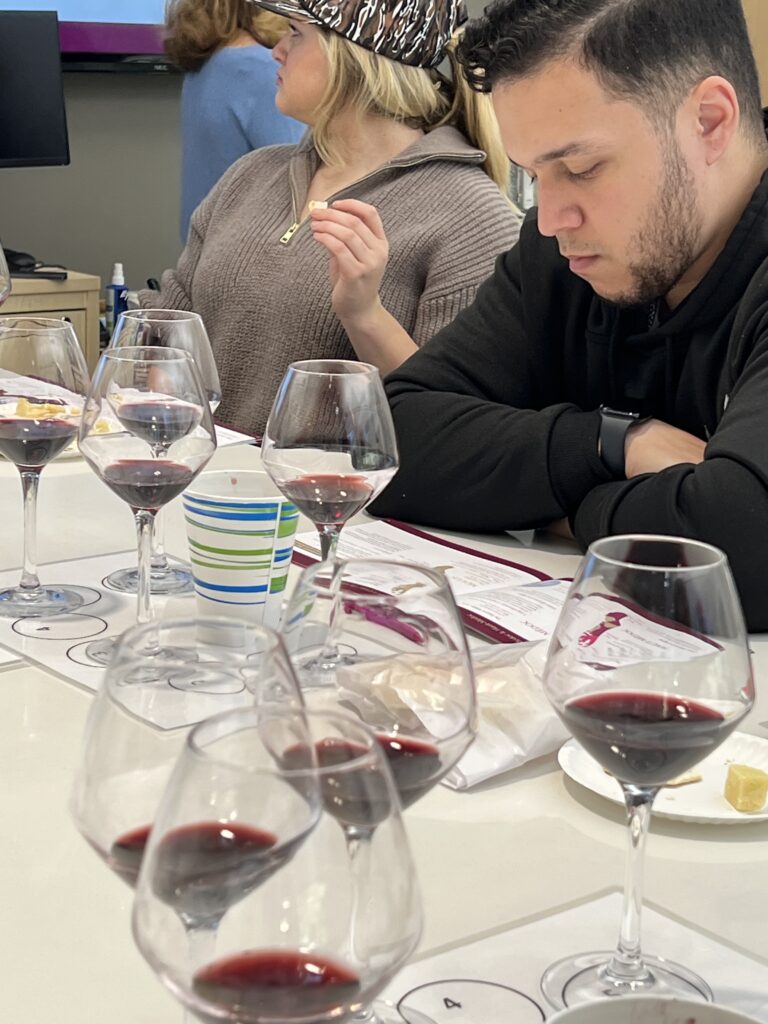
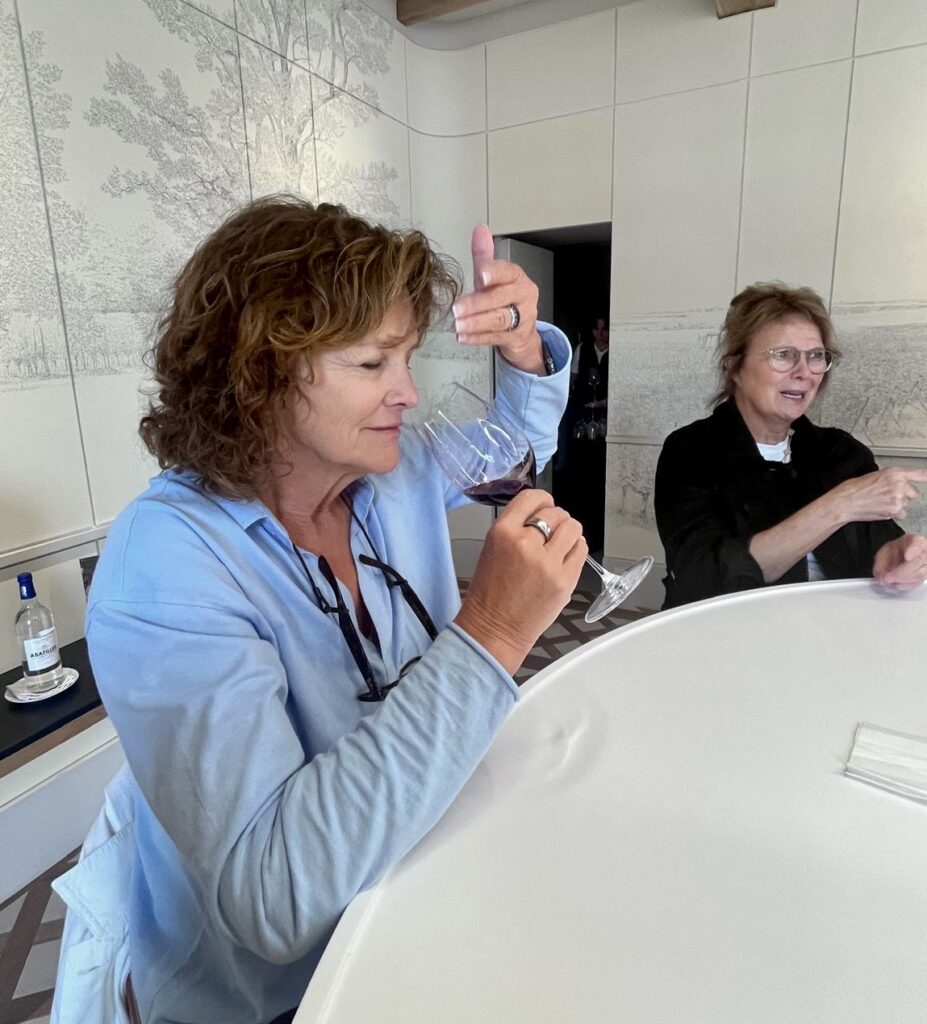
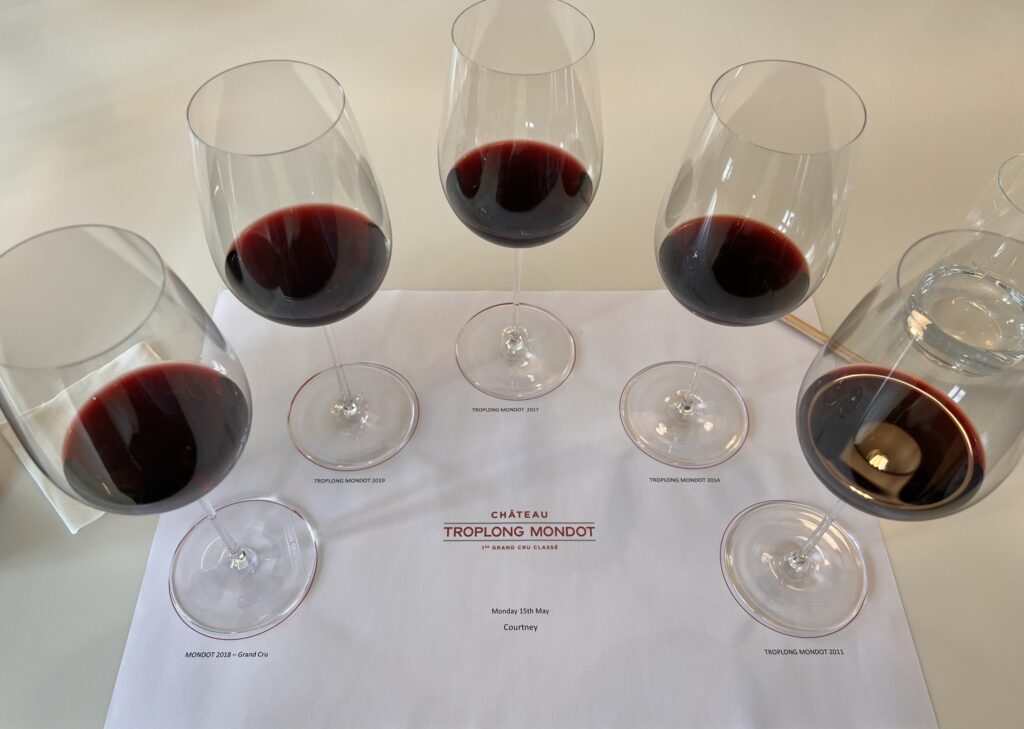
When tasting a lot of wine at once, it's customary to start with lighter wines and progress to fuller-bodied ones. Begin with dry white wines, followed by rosés, light reds, and then move on to more robust red wines. If sweet wines are offered, save them for the end. This progression allows your palate to adjust and fully appreciate the nuances of each wine. However when visiting the chateau in Bordeaux, you will normally have 2 - 3 wines at a time. And the pours are less than you would expect. Typically 2-3 ozs.
There is a simple three step process to wine tasting that may help you be a better wine expert.
Begin by examining the wine's visual character. Hold your glass against a white background and note the color's intensity and hue. A young red wine might display vibrant purple tones, while mature wines often reveal brick or garnet shades. The wine's opacity offers clues too—if you can't read the hands of your wristwatch through the glass, you're likely holding a full-bodied, concentrated wine.
First smell the wine before you swirl it. The aromas will be the most volatile. Next, awaken the wine's aromatic potential with a gentle swirl, releasing the complex bouquet trapped within. Take a moment to inhale deeply and identify the layers of scent. It will be very different from the first "nose". Professional tasters categorize aromas into families: fruit (citrus, stone fruit, or berries), floral (rose, violet, jasmine), spice (pepper, cinnamon, clove), wood (oak, cedar), or earthy notes (leather, tobacco, mineral). Challenge yourself to be specific—is that citrus aroma more like fresh lemon zest or candied orange peel?
Finally, taste thoughtfully. Let the wine coat your palate and pay attention to its weight and texture—is it light and delicate or rich and velvety? Notice how the flavors evolve from the initial taste through to the finish, that lingering impression that remains after you swallow. Each element tells part of the wine's unique story.
Spitting is a common practice in wine tasting, especially when visiting multiple vineyards in one day. It allows you to taste a variety of wines without becoming too light headed. Most all tasting rooms provide spittoons for this purpose, and it's perfectly acceptable to use them. If you prefer not to spit, consider taking small sips and pacing yourself throughout the day. Additionally, it's polite to express your appreciation for the wines you enjoy and provide feedback to the winemakers. Whether you are a seasoned wine connoisseur or a novice taster, following these etiquette guidelines will help you make the most of your Bordeaux wine experience. But just a pointer if you'd like to return, never say its awful!
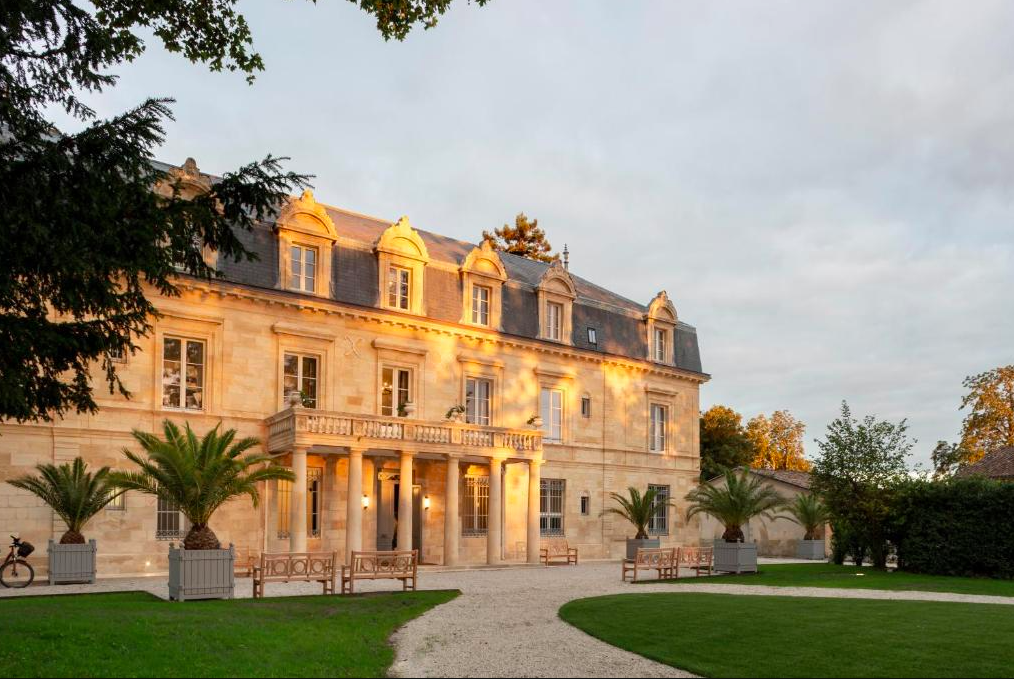
Your choice of accommodation can transform your Bordeaux wine journey from memorable to extraordinary. At Decanter Tours, we've cultivated exclusive partnerships with some of the region's most prestigious château properties, offering our guests unparalleled access to intimate vineyard stays that few travelers ever experience.
Through our privileged relationships, we can arrange stays at exceptional properties like Troplong Mondot, where you'll wake up surrounded by world-renowned vineyards, or the American-owned Maison du Breuil and Château Haut-Bailly, each offering their own distinctive charm and wine heritage. These aren't simply hotel stays—they're immersive experiences where you become part of the château's daily rhythm. We handle every detail, from coordinating private wine tastings with the estate's winemaker to arranging personal chefs who create exquisite meals paired perfectly with the property's wines. These exclusive accommodations provide intimate access to private cellars, behind-the-scenes vineyard tours, and dining experiences that extend far beyond what's available to the general public.
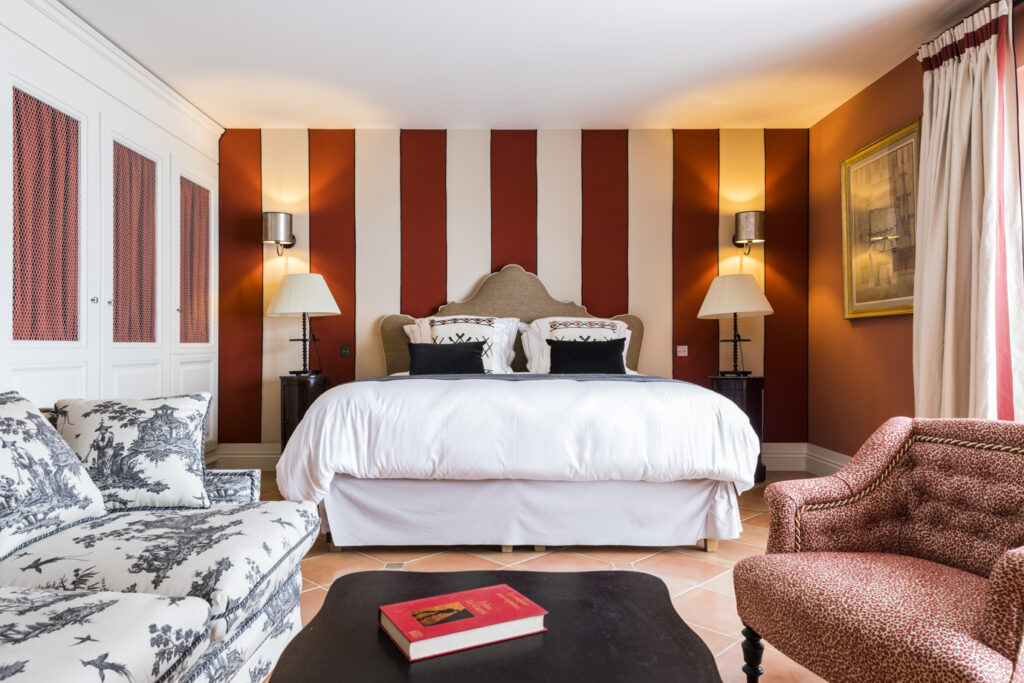
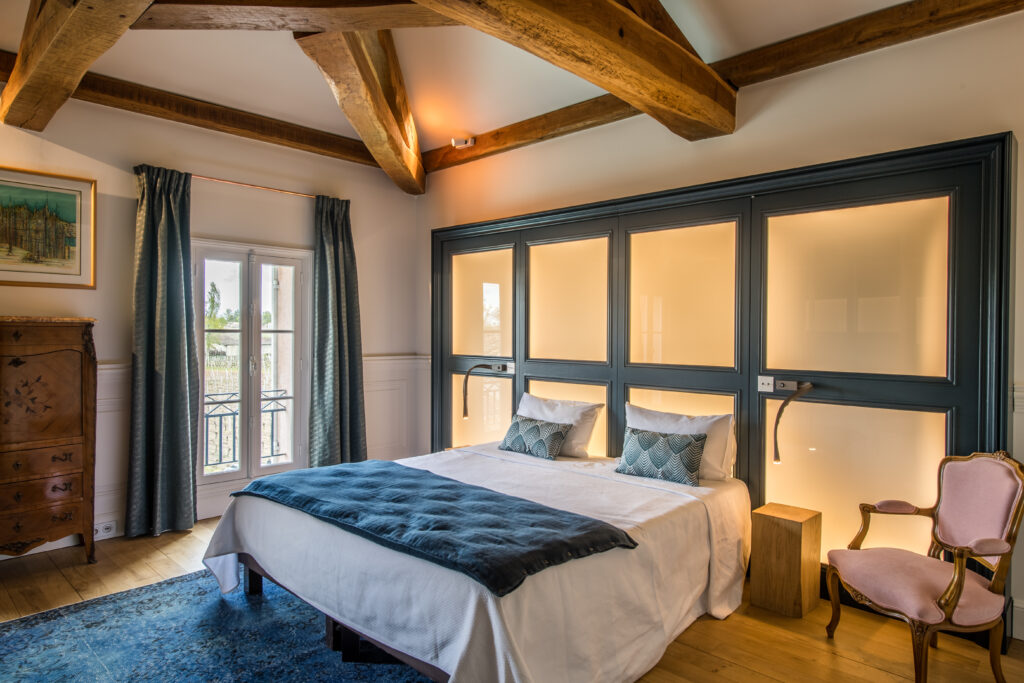
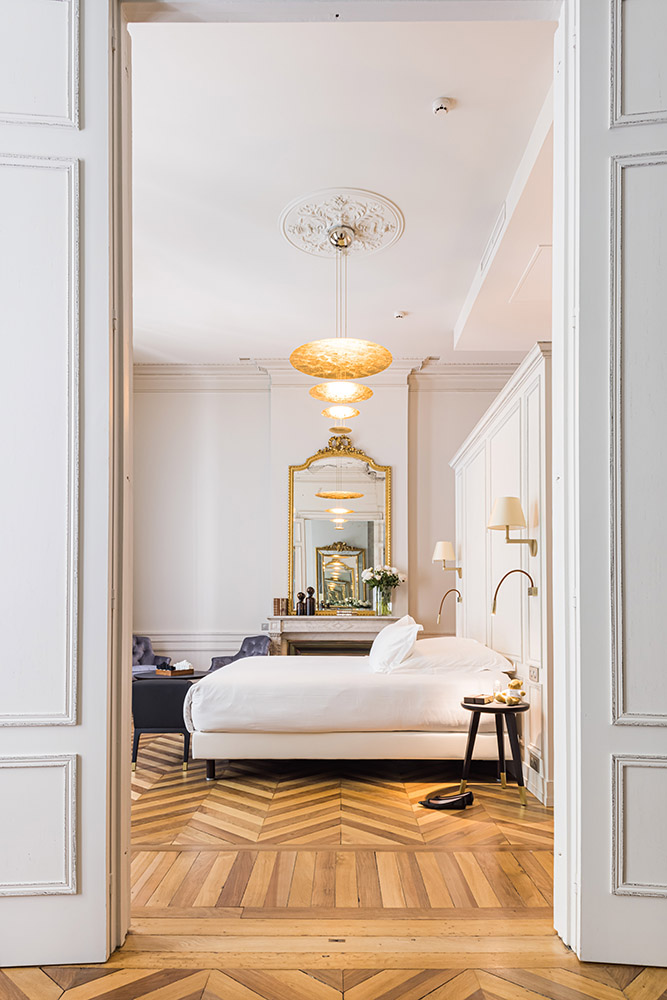

For those who prefer the sophistication of Bordeaux's urban center, our preferred partners include the Grand Hotel Bordeaux and Villa Tourny—properties that perfectly complement our commitment to exceptional service and insider access. These elegant establishments serve as ideal bases for exploring both the city's cultural treasures and the surrounding wine regions.
Contact Decanter Tours directly to learn more about these exclusive accommodation options and other hidden gems throughout Bordeaux's wine country. Our insider relationships unlock experiences that simply aren't available through traditional booking channels.
A wine tour in Bordeaux is a journey through one of the most celebrated wine regions in the world, offering a unique blend of history, culture, and exceptional wines. From the prestigious châteaux of the Left Bank to the charming vineyards of the Right Bank, Bordeaux's diverse terroir and rich winemaking traditions provide endless opportunities for discovery. Whether you are exploring the grand estates, participating in wine festivals, or enjoying intimate tastings, each experience adds to the tapestry of your Bordeaux adventure.
To make the most of your Bordeaux wine tour, take the time to plan your itinerary carefully, book your vineyard visits in advance, and consider the timing of your trip to coincide with key events and festivals. Embrace the local culture, follow wine tasting etiquette, and approach each tasting with an open mind and a sense of curiosity. By doing so, you will not only deepen your appreciation for Bordeaux's wines but also create lasting memories of an extraordinary journey through this enchanting region.
Whether you are a seasoned wine connoisseur or a curious beginner, Bordeaux offers something for everyone. Its stunning landscapes, historic vineyards, and world-class wines provide a captivating backdrop for an unforgettable experience. So raise your glass and toast to the magic of Bordeaux, where every sip is a step into a legacy of tradition and art, and every moment is a celebration of wine and culture. Cheers to your ultimate Bordeaux wine tour! Contact Decanter Tours for a detailed quote.


Bordeaux stands as France's wine capital, a treasure trove where centuries of winemaking tradition meet stunning architecture and rich cultural heritage. This elegant city and its surrounding vineyards offer an irresistible blend of gastronomic delights, historical wonders, and world-class wines that have captivated travelers for generations. Whether you're a dedicated oenophile or simply appreciate beautiful landscapes and French culture, Bordeaux deserves a place on your travel bucket list.
In this guide, we'll explore how to maximize your time with a perfectly balanced three-day itinerary. We'll begin with essential city sights before venturing into the legendary wine regions that have made Bordeaux famous worldwide.
Before diving into the vineyards, dedicate your first morning (or afternoon depending on your arrival) to exploring Bordeaux's urban charms. The city itself is a UNESCO World Heritage site, with over 350 historic monuments and buildings that tell the story of its evolution from Roman times to the present day.
Start your city exploration at Place de la Bourse, the most photographed spot in Bordeaux. This majestic 18th-century plaza represents the epitome of French classical architecture. Directly across from it lies the Miroir d'Eau (Water Mirror), the world's largest reflecting pool, where the plaza's grand buildings shimmer in perfect symmetry on the water's surface.

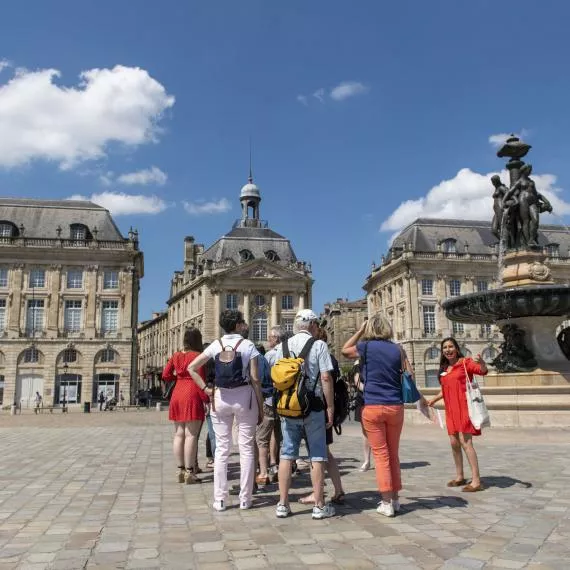

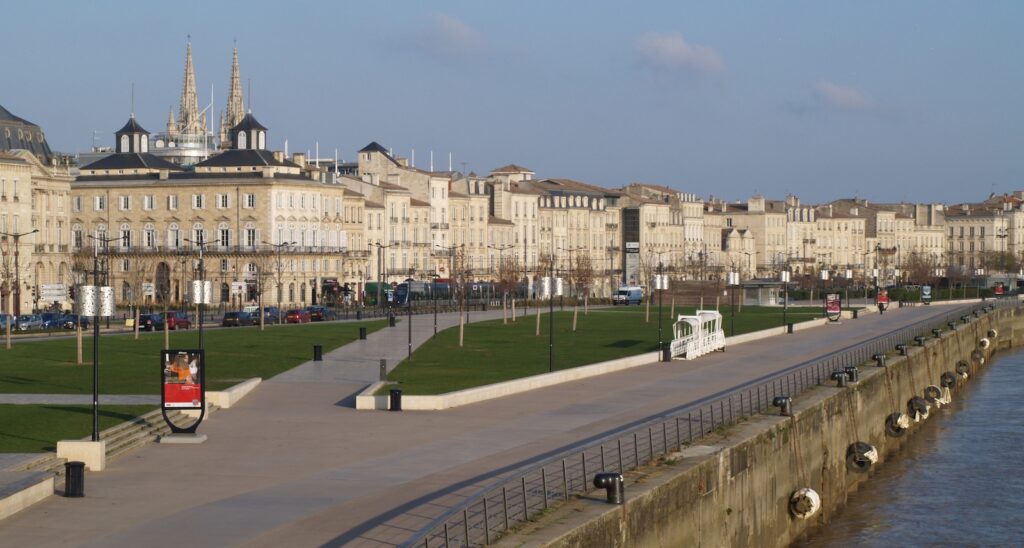
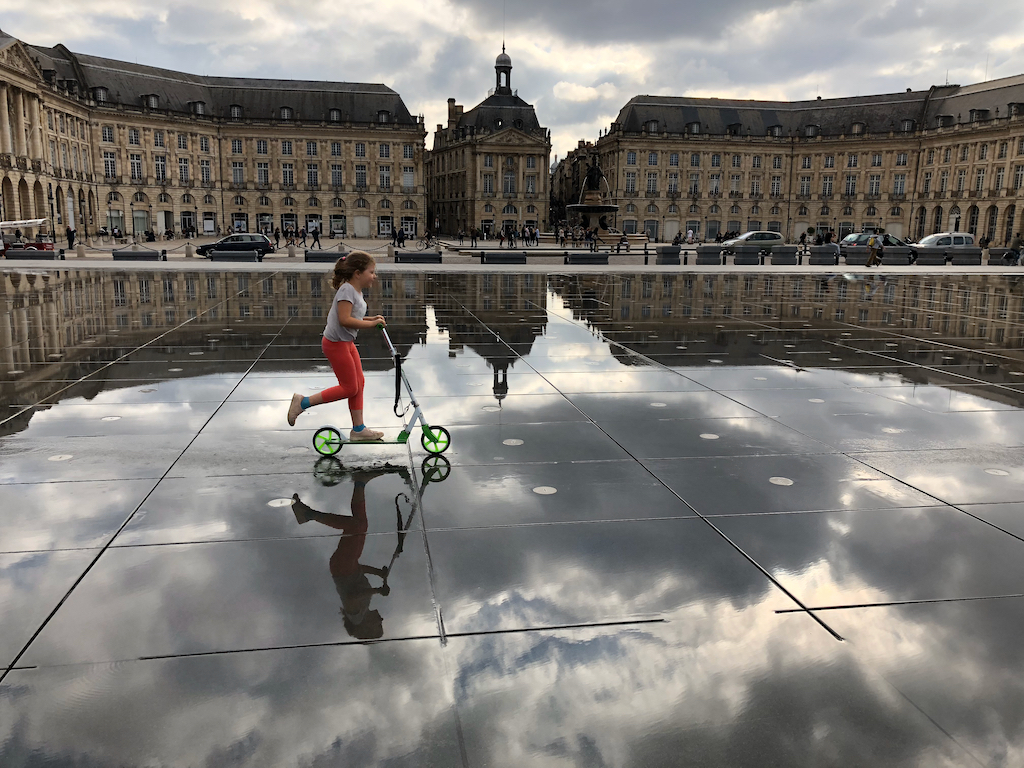
Place des Quinconces, home to the majestic Monument aux Girondins, is one of Europe's largest city squares and an essential stop in Bordeaux. This impressive 19th-century monument, with its soaring column and dramatic fountains depicting Liberty triumphing over Tyranny, commemorates the Girondin political faction who fell victim to the Reign of Terror. Beyond its historical significance, the square offers a peaceful respite for visitors, with stunning views that capture Bordeaux's elegant architectural harmony.
Next, make your way to Bordeaux Cathedral (Cathédrale Saint-André), a Gothic masterpiece that has watched over the city since the 12th century. The cathedral's imposing façade and soaring interior make it an essential stop for architecture enthusiasts. The cathedral is open to the public most days.
No visit to Bordeaux would be complete without experiencing La Cité du Vin, a modern architectural marvel dedicated to the world of wine. This immersive museum offers interactive exhibits that explore wine's influence on civilizations throughout history. The experience culminates with a tasting on the 8th-floor Belvedere, offering panoramic views of the city. Visits can take from 1 - 3 hours depending on how much time you wish to dedicate.
For lunch, stroll down Rue Sainte-Catherine, Europe's longest pedestrian shopping street, where you'll find everything from local boutiques to gourmet food shops. The nearby Marché des Capucins offers a taste of authentic local life, with vendors selling regional specialties perfect for a casual meal.
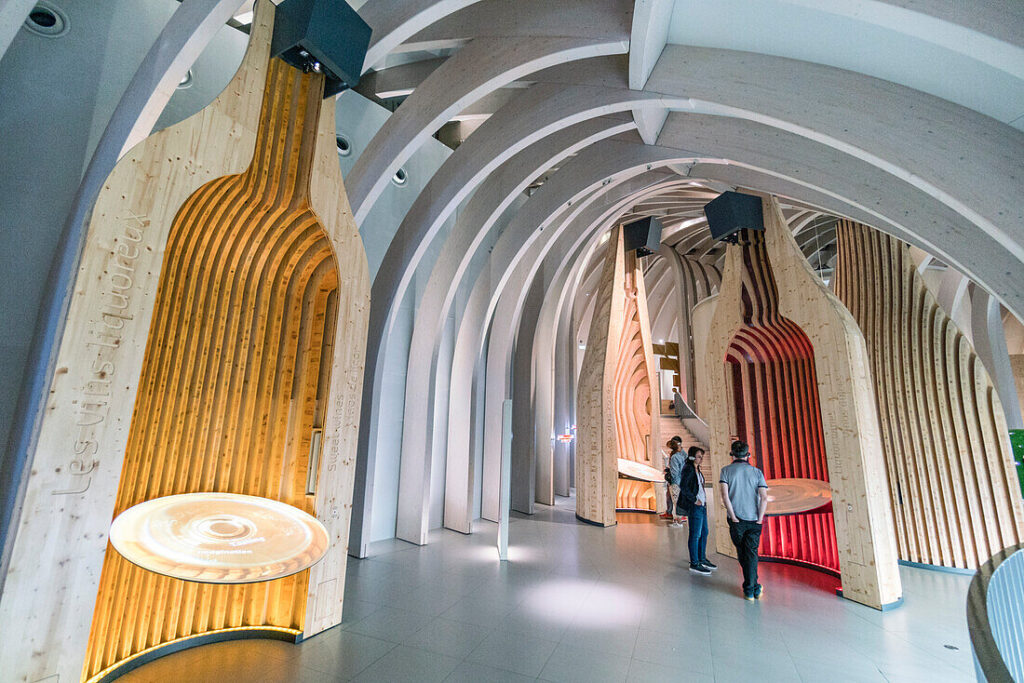
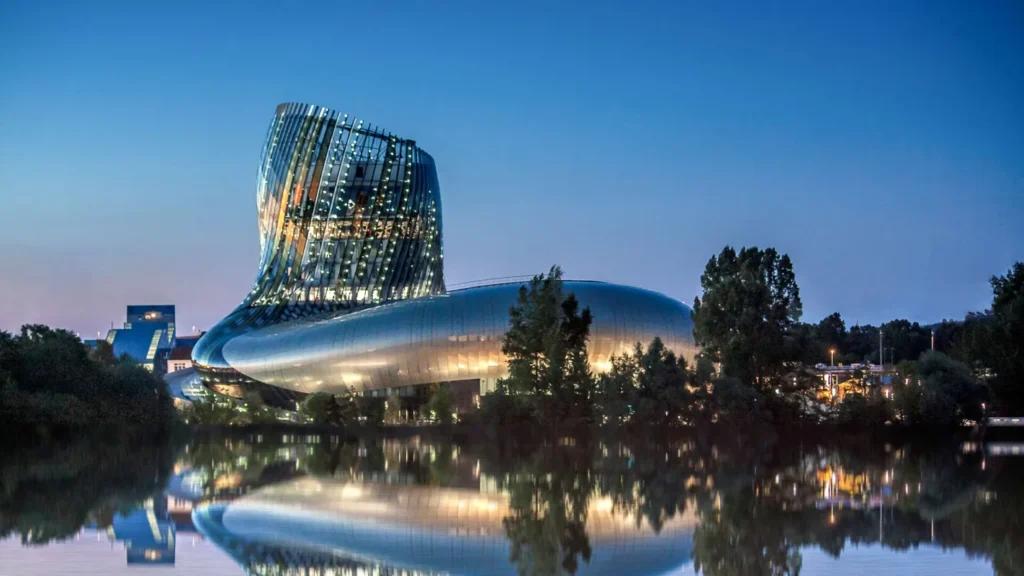
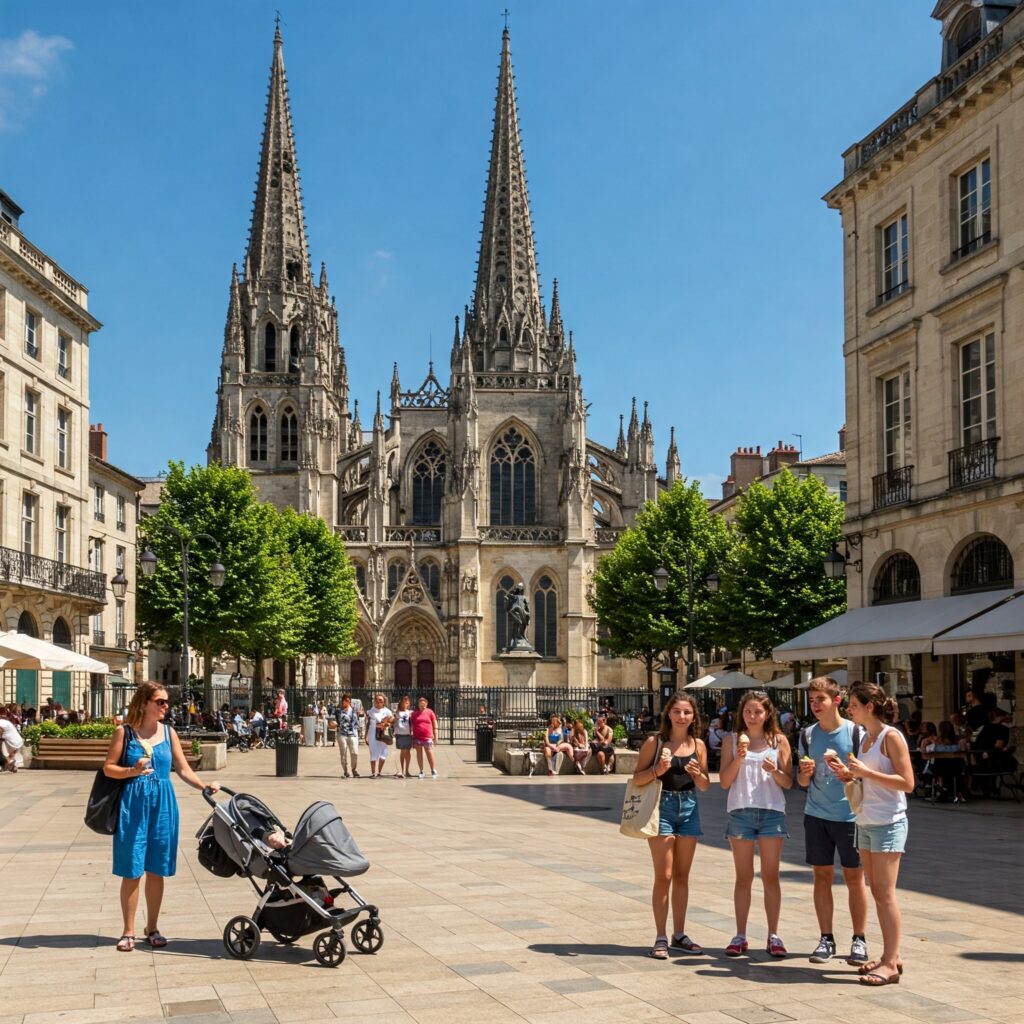
While Bordeaux city itself merits exploration, the surrounding wine regions represent the area's true glory. A three-day itinerary strikes the perfect balance – enough time to appreciate the city's highlights while allowing you to venture into distinct wine appellations, each with its own terroir, grape varieties, and winemaking approaches.
Three days gives you the opportunity to compare the prestigious châteaux of the Médoc with the charming estates of Saint-Émilion, and to contrast bold red blends with the elegant whites and luscious sweet wines of the Graves region. This comprehensive approach provides a deeper understanding of why Bordeaux wines stand among the world's finest.
Our suggested itinerary takes you beyond Bordeaux's city limits into the prestigious wine regions that have shaped the area's identity for centuries. Following the model of Decanter Tour's expertly crafted experiences, we'll explore legendary appellations including Médoc, Saint-Émilion, Pomerol, and Sauternes, focusing on exceptional wine tastings, regional gastronomy, and cultural immersion. However the choice is yours. All our itineraries are adaptable to your own wishes.
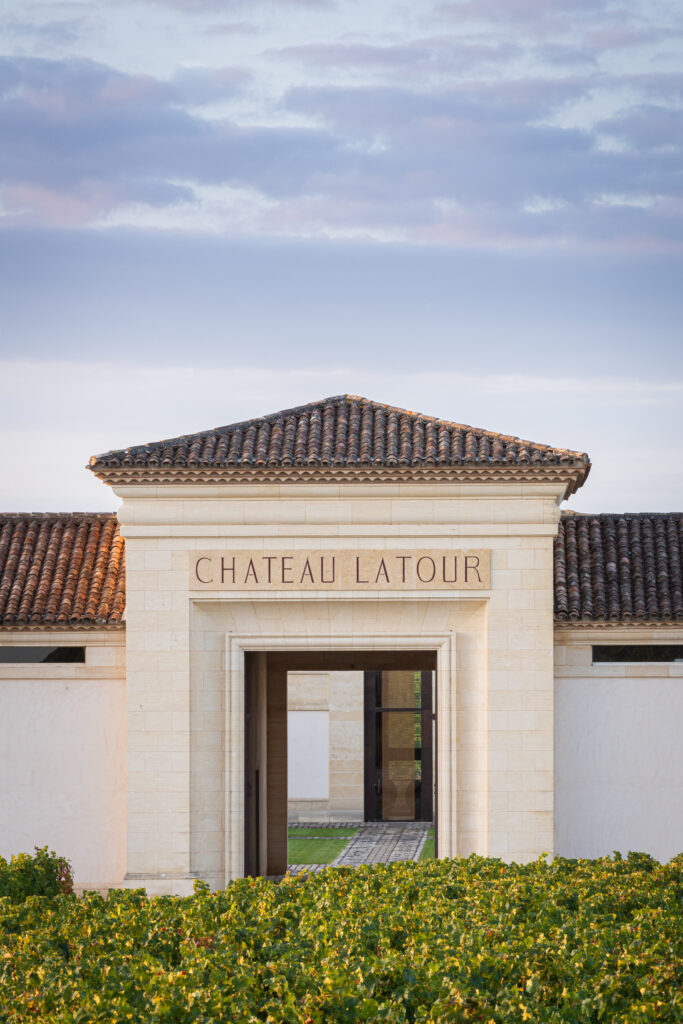
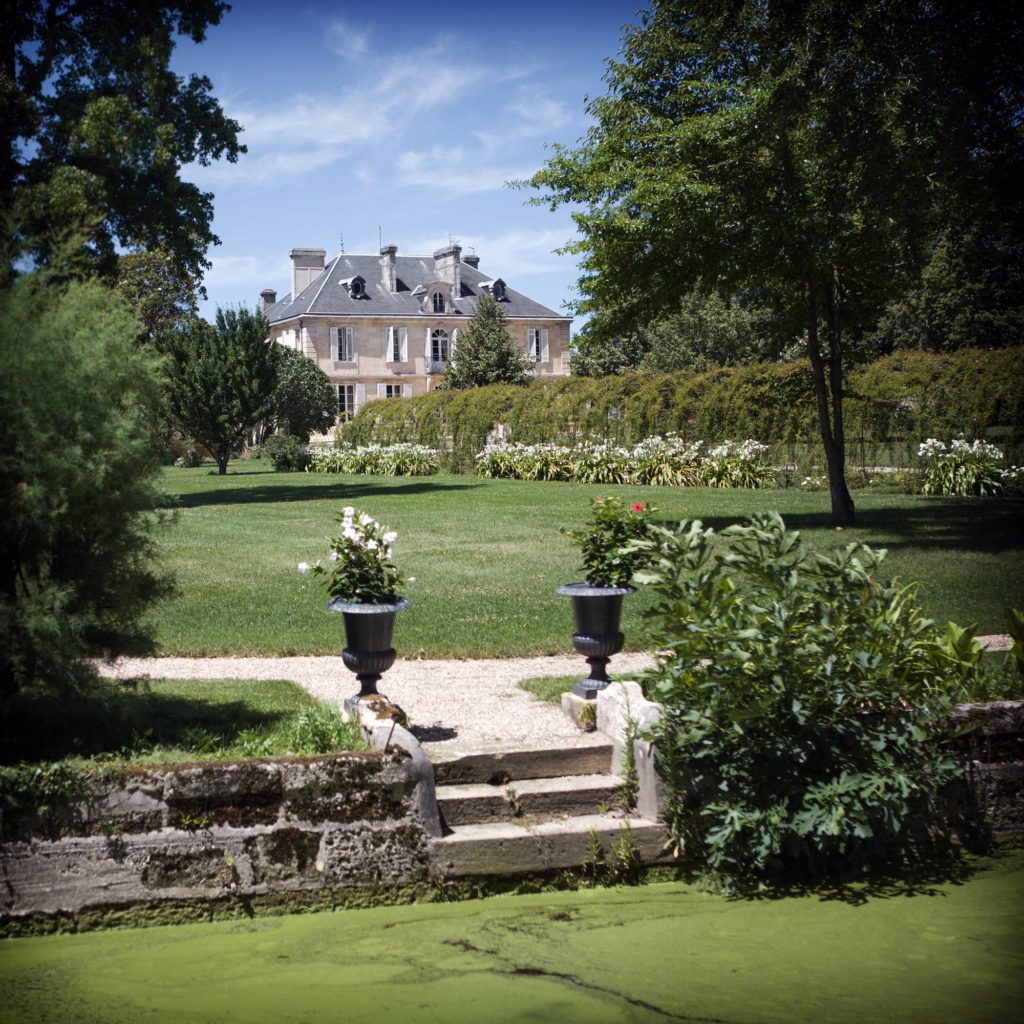
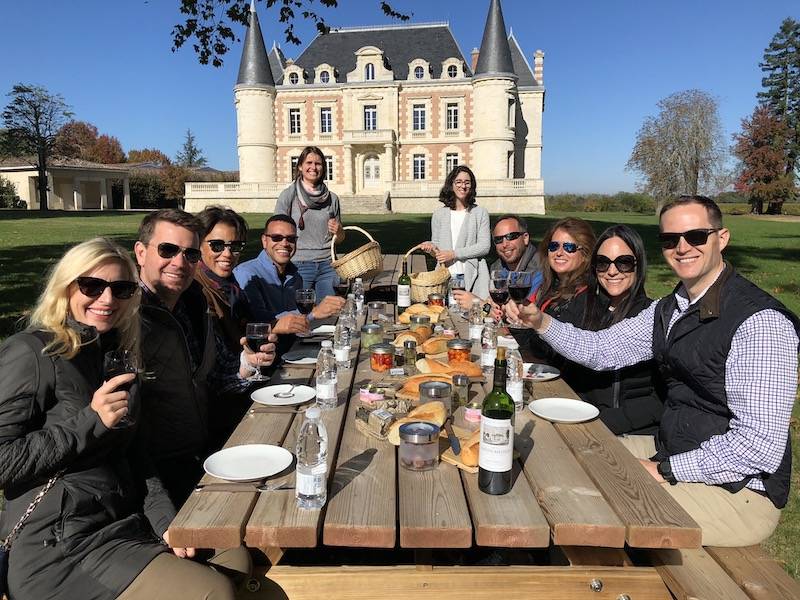
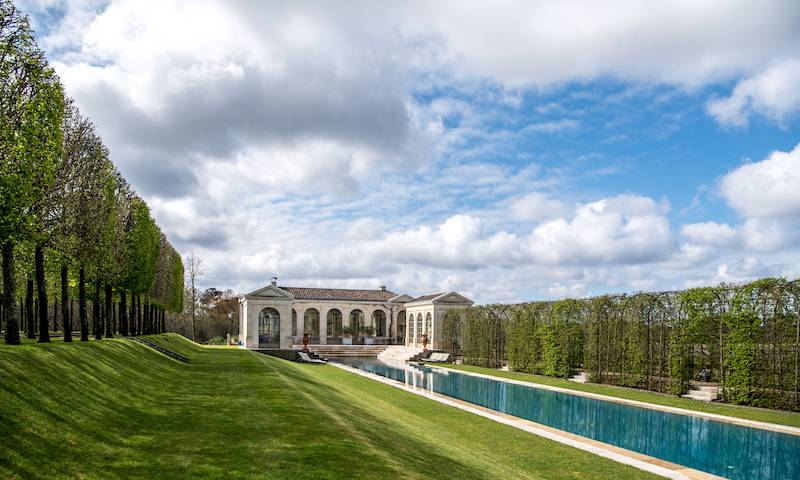
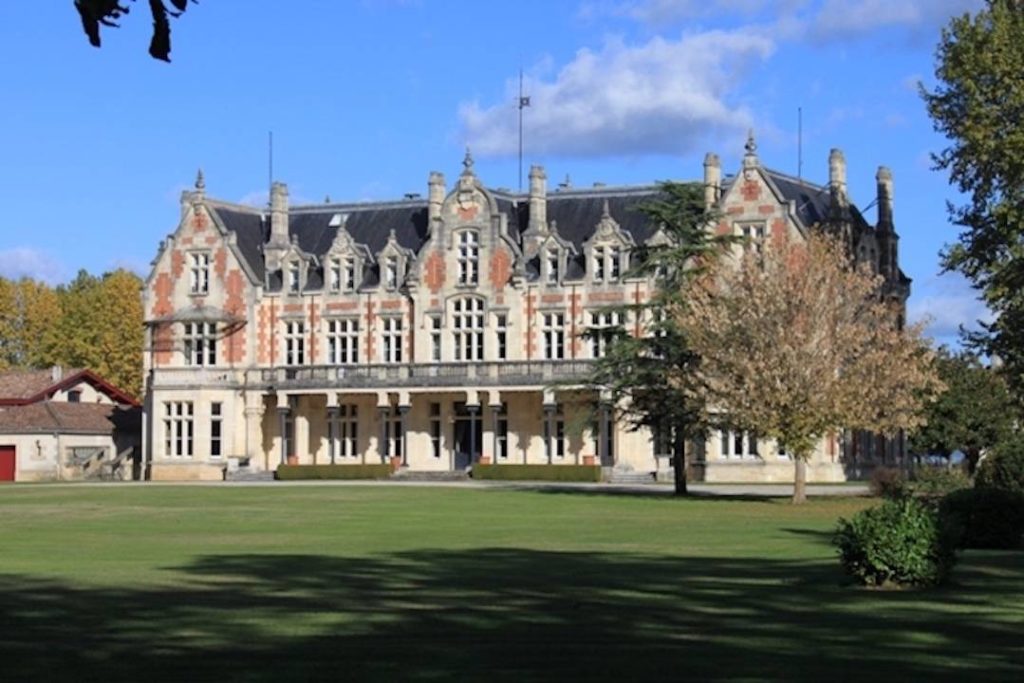
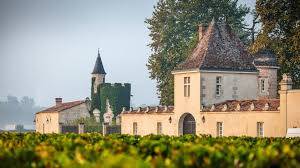
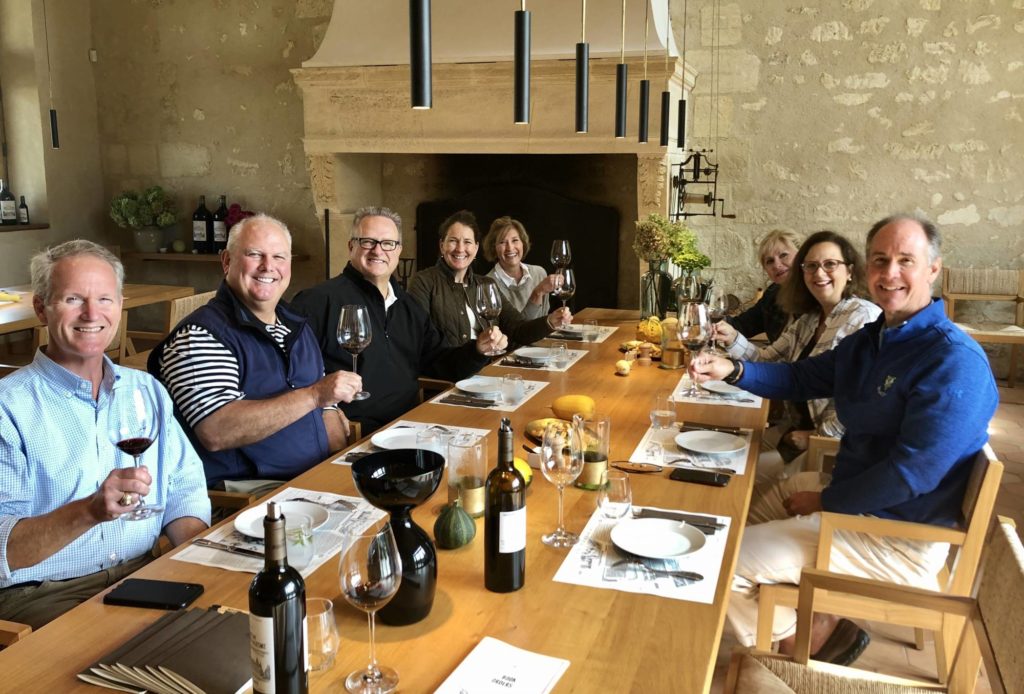
Your wine journey begins in the storied Médoc peninsula, home to some of the most prestigious wine estates in the world. The day unfolds with visits to three distinct Médoc appellations, each offering unique expressions of Cabernet Sauvignon-dominant blends.
Morning: Begin with a visit to a prestigious Classified Growth château in Margaux or Saint-Julien, where you'll walk among centuries-old vines and explore traditional cellars. Your guided tour explains the 1855 Classification system that continues to shape Bordeaux's wine hierarchy today.
Mid-Day: Continue to a Cru Bourgeois estate, representing excellent quality and value outside the classified growth system. Here, you'll taste wines that showcase the precision and elegance that define left bank Bordeaux.
Lunch: Enjoy a reservation at a local restaurant specializing in regional cuisine. Try entrecôte bordelaise (rib steak with a wine-shallot sauce) paired with a glass of local red.
Afternoon: Complete your Médoc experience with a visit to a family-owned vineyard in Pauillac for a more intimate perspective on winemaking. Throughout the day, you'll taste several different wines, gaining profound insight into the nuances of terroir across this celebrated region.
Evening: Return to Bordeaux city for dinner at one of its acclaimed restaurants, perhaps sampling the local specialties like lamprey à la bordelaise or canelés for dessert.
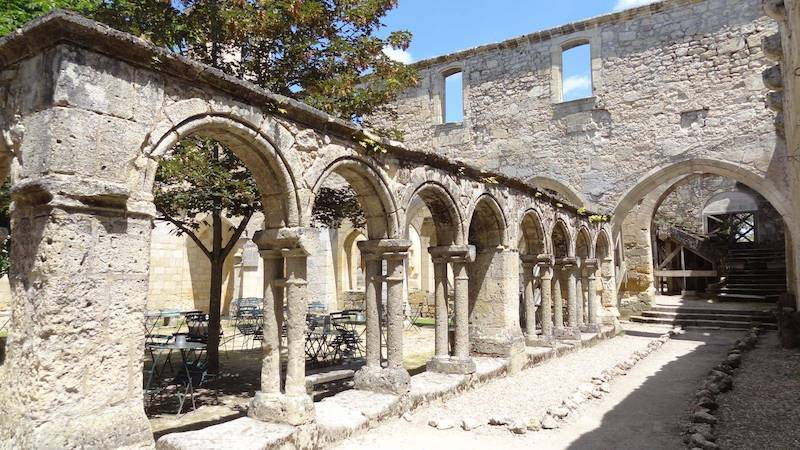
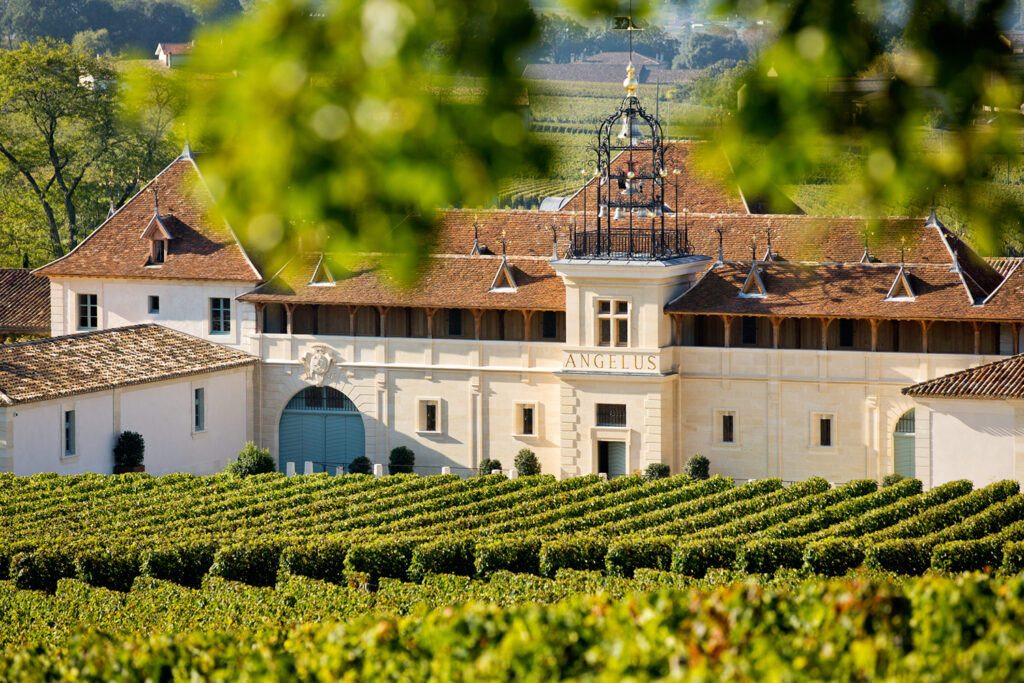
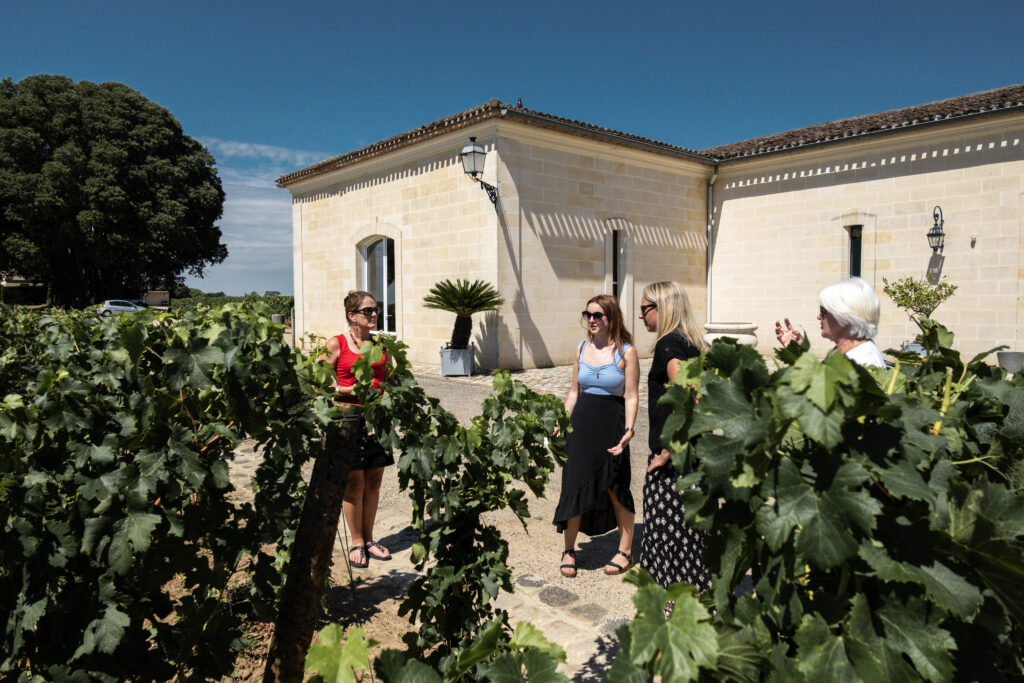
Your second day takes you to Bordeaux's right bank, where Merlot dominates the blends, creating wines of remarkable depth and velvety texture.
Morning: Travel to the medieval village of Saint-Émilion, a UNESCO World Heritage site where vineyards, underground cellars, and historic monuments blend seamlessly. Begin with a guided tour of the village's cobblestone streets and monolithic church carved from limestone.
Mid-Morning: Visit a Grand Cru Classé estate in Saint-Émilion for a comprehensive tour and tasting. Learn how the region's classification system differs from the Médoc's and sample wines that demonstrate the approachable elegance of Merlot-based blends.
Lunch: Dine at a restaurant overlooking Saint-Émilion's terracotta rooftops and surrounding vineyards. Regional specialties like duck confit pair beautifully with the local wines. Alternatively we can dine in a chateau for an extra special treat, savoring a gourmet lunch with breathtaking views of the vineyards.
Afternoon: Journey to neighboring Pomerol, home to some of the world's most sought-after Merlot-based wines. Though smaller and much less touristy than Saint-Émilion, Pomerol produces exceptionally concentrated wines from its iron-rich clay soils. Visit a family-owned estate for an intimate tasting experience away from the crowds.
Evening: Return to Bordeaux for dinner, perhaps at a wine bar where you can compare different vintages from the regions you've visited.
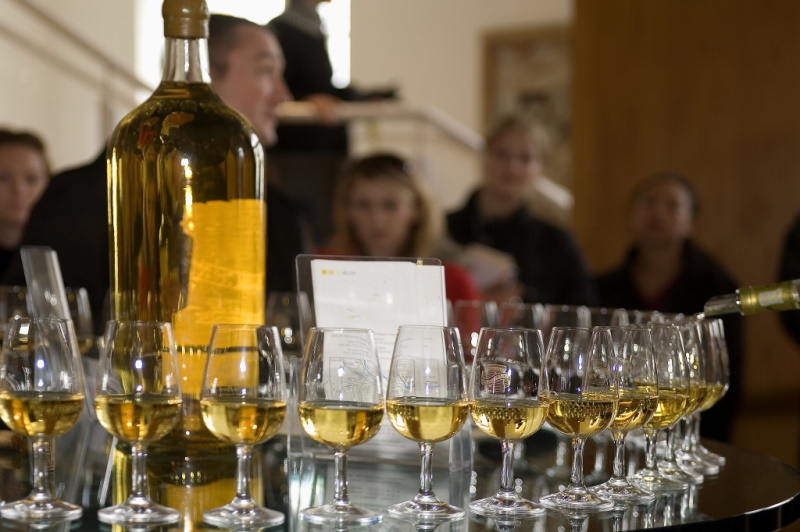
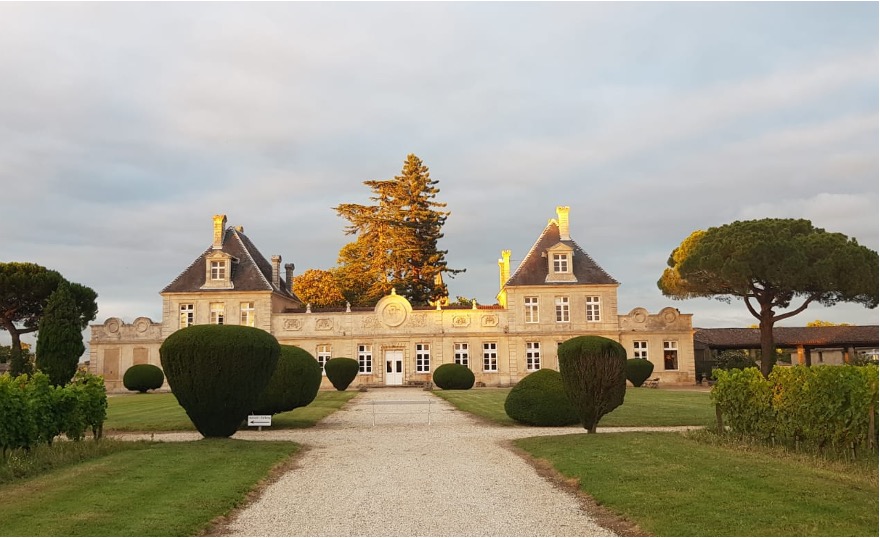
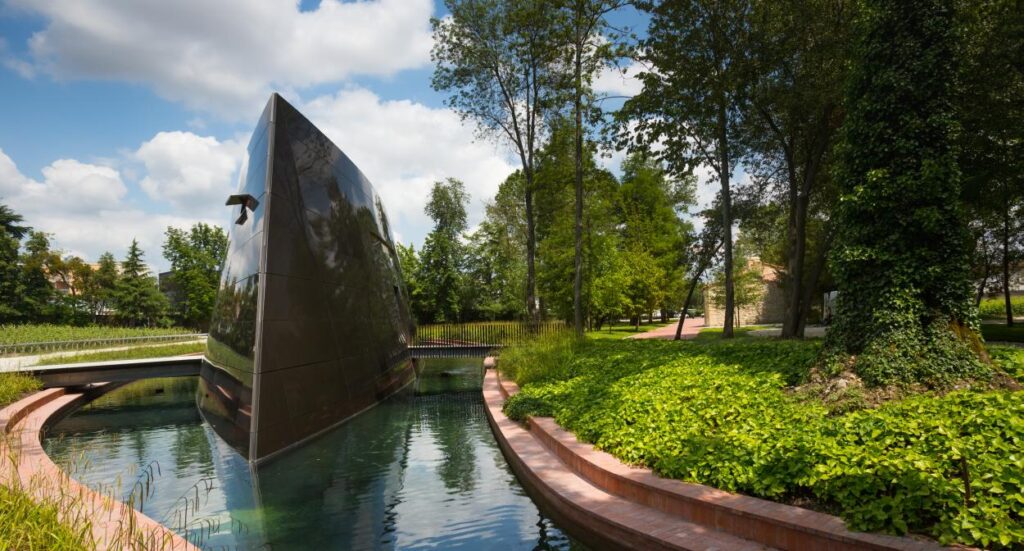
Your final day showcases Bordeaux's remarkable diversity by focusing on its distinguished white and sweet wines.
Morning: Head south to Pessac-Léognan in the Graves region, where renowned estates produce both exceptional reds and some of Bordeaux's finest dry white wines. Visit a classified growth château to taste their Sauvignon Blanc and Sémillon blends, appreciating their complexity and aging potential.
Lunch: Enjoy a fine-dining experience at a château restaurant, where seasonal dishes highlight the versatility of Bordeaux's whites.
Afternoon: Continue to Sauternes, the legendary appellation for sweet wines made from noble-rotted grapes. Visit a classified growth estate to learn about the labor-intensive production process and risk-taking required to produce these golden nectars. Your tasting reveals layers of honeyed complexity balanced by vibrant acidity.

Evening: Conclude your Bordeaux adventure with a farewell dinner in the city, reflecting on the extraordinary diversity of wines and experiences you've encountered.
This carefully crafted itinerary offers several outstanding benefits:
While independent exploration is possible, specialized wine tours like those offered by Decanter Tour elevate the experience through:
To make the most of your Bordeaux adventure, consider these practical recommendations:
Best Time to Visit: May through October offers ideal weather for vineyard tours. September and October coincide with the harvest, adding an extra dimension to your experience. Consider planning around events like Bordeaux Fête le Vin (held in even-numbered years) or the Weekend of Classified Growths for additional wine-focused activities.
Packing Essentials: Bring comfortable walking shoes for vineyard tours and cobblestone streets. Dress in layers, as cellars remain cool even in summer. Smart casual dress is de rigeur.
Extending Your Trip: Consider adding days to explore nearby attractions like the Atlantic beaches of Arcachon, the towering Dune du Pilat, or a day trip to Cognac to discover France's premier brandy production.
Absolutely! While a car offers flexibility, drinking and driving is an issue and France takes it seriously. Our guests rely on us for transportation during the day while exploring the vineyards.
Allowing us to take the wheel eliminates concerns about drinking and driving while allowing everyone in your party to fully participate in tastings.
With limited time, focus on these iconic regions:
This combination provides the most comprehensive overview of Bordeaux's diverse wine styles.
Absolutely! Beyond wine, Bordeaux offers:
Non-drinkers can enjoy the architectural splendor of the châteaux, the beautiful landscapes, and the region's rich cultural heritage while their companions taste wines.
A well-planned three-day itinerary typically includes:
This pace allows for thorough exploration without rushing or overwhelming your palate. Quality tastings with proper explanation are more valuable than maximizing quantity, so resist the temptation to overpack your schedule.
Bordeaux's perfect blend of vinous excellence, cultural richness, and scenic beauty makes it an ideal destination for a three-day escape. Whether you're a seasoned wine enthusiast or simply appreciate the finer things in life, this itinerary promises an unforgettable journey through one of France's most celebrated regions.
Contact Decanter Tours for more information and your personalized tour.

Experience the finest private wine tours in Bordeaux and beyond. With over 20 years of expertise, we craft tailor-made wine journeys to iconic regions like Médoc, Saint-Émilion, Burgundy, and Champagne. Explore exclusive chateaux with expert guides and seamless planning for a truly unforgettable experience.